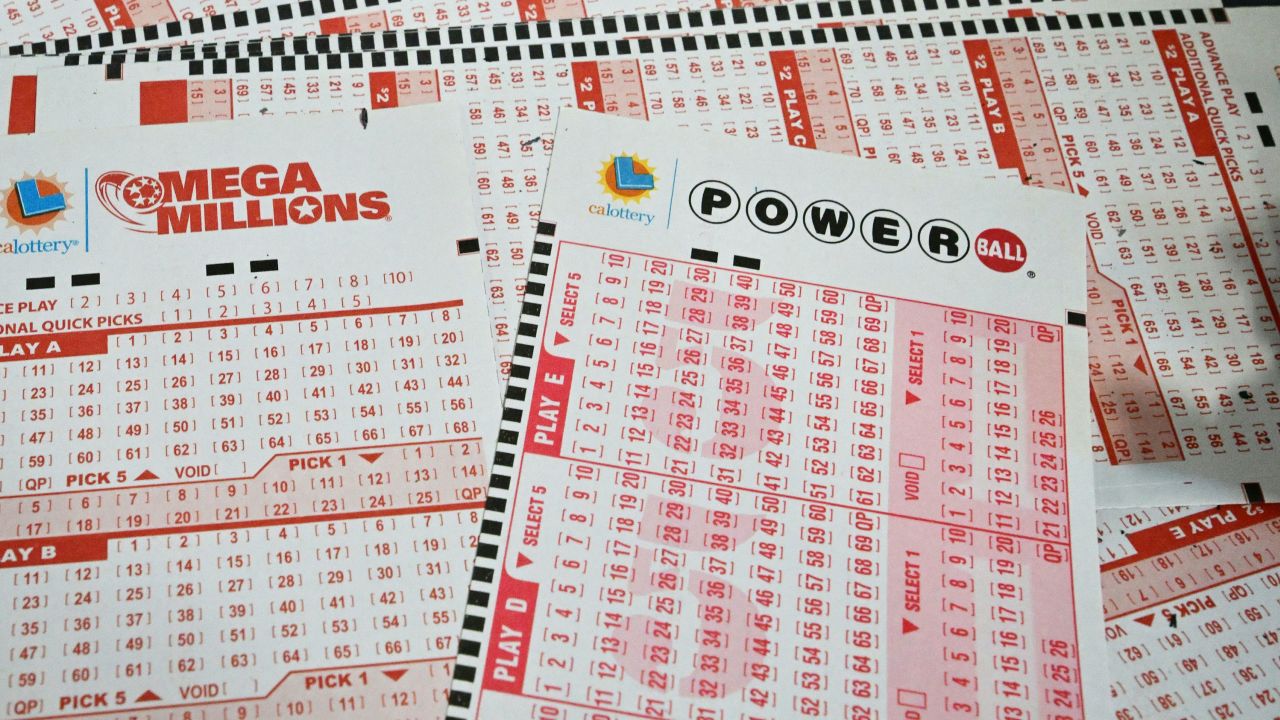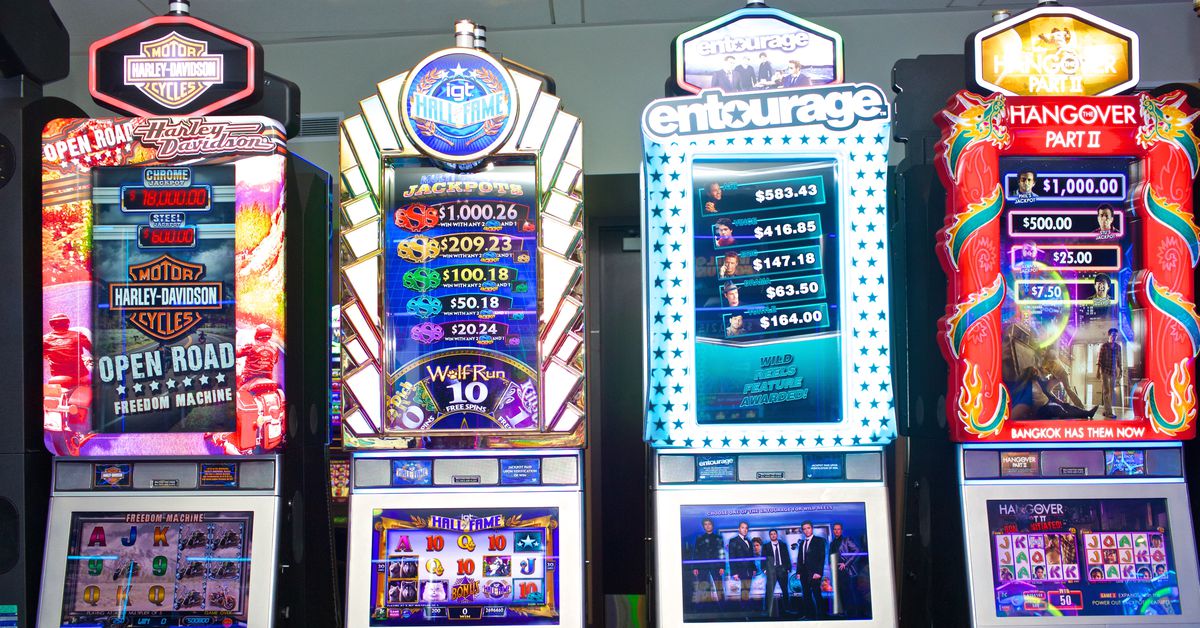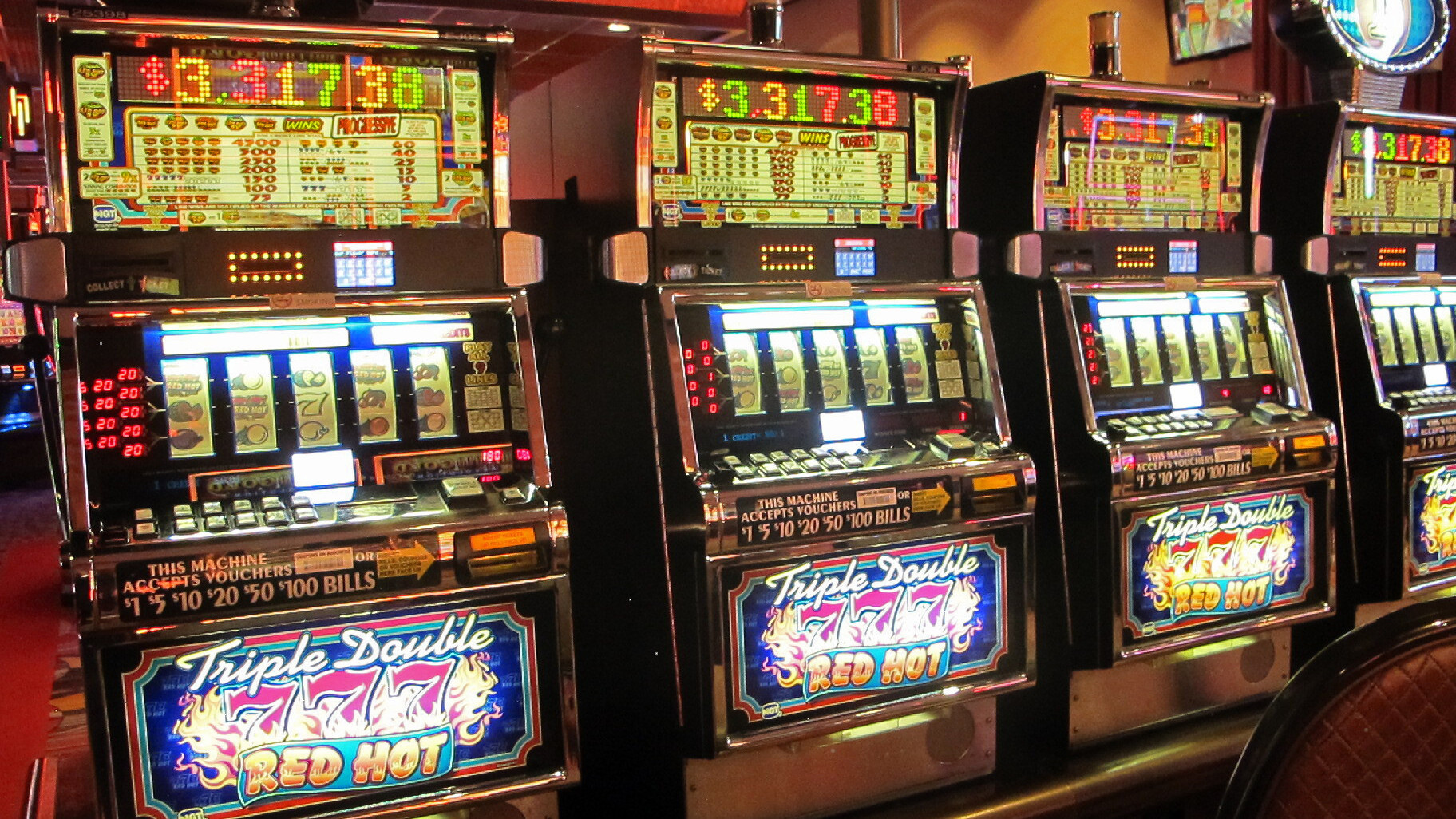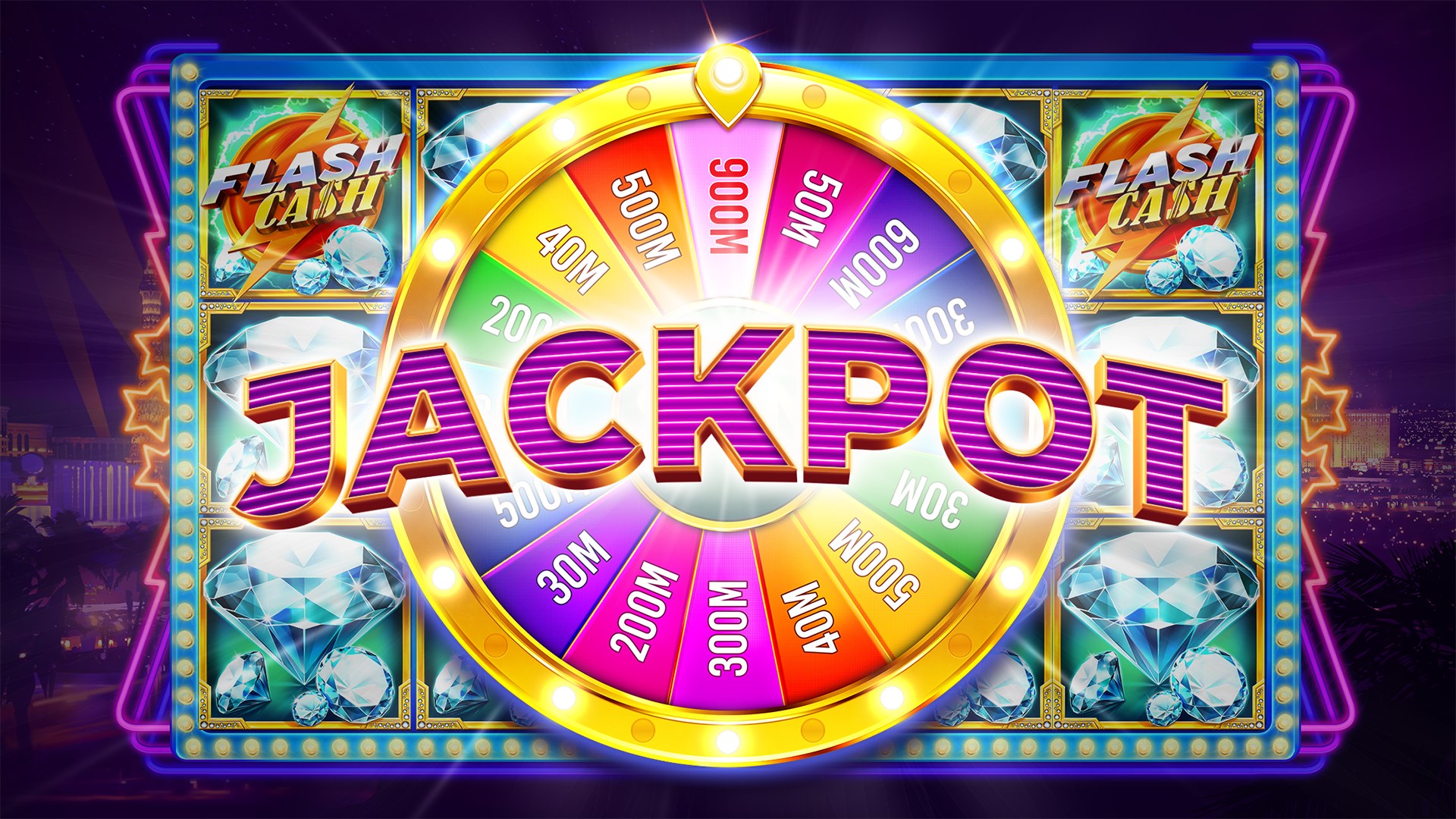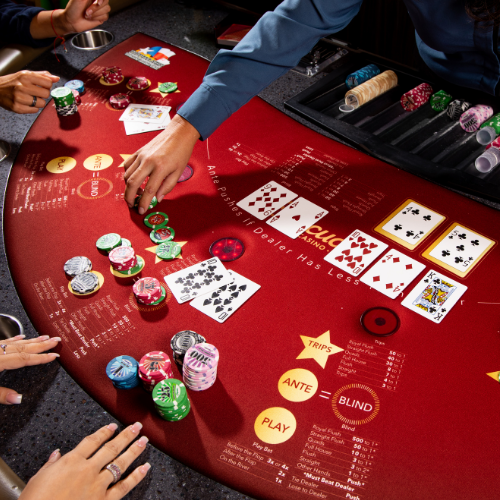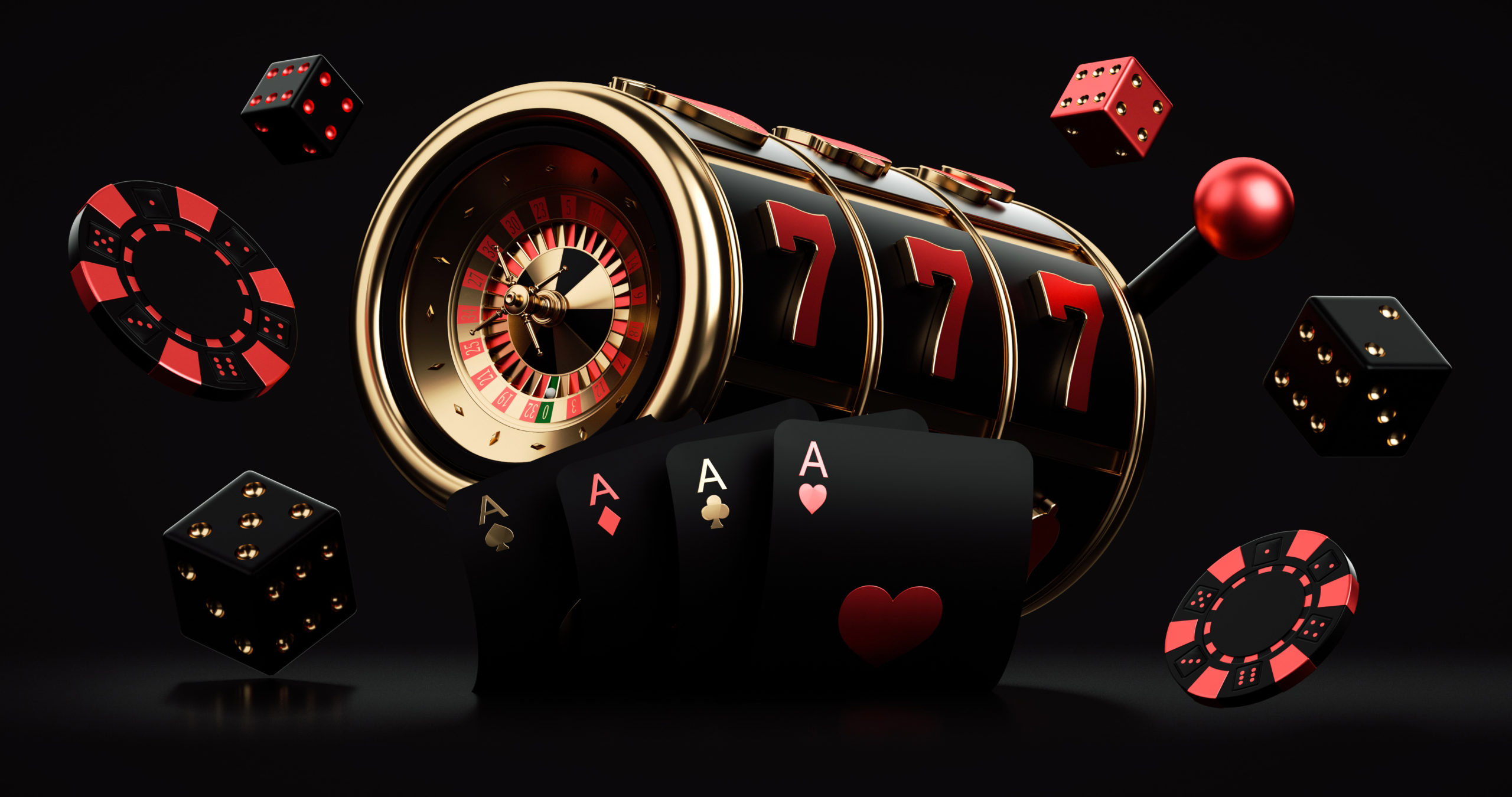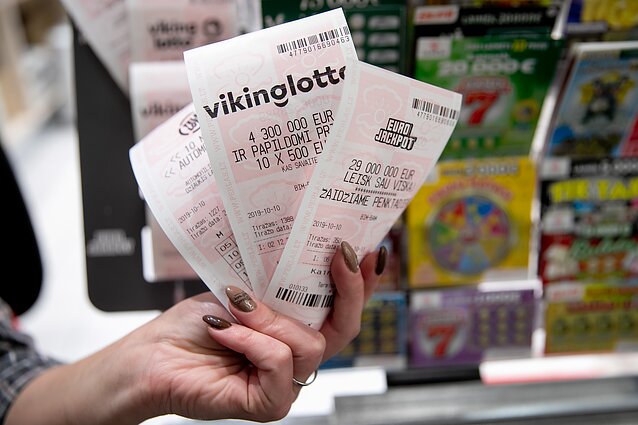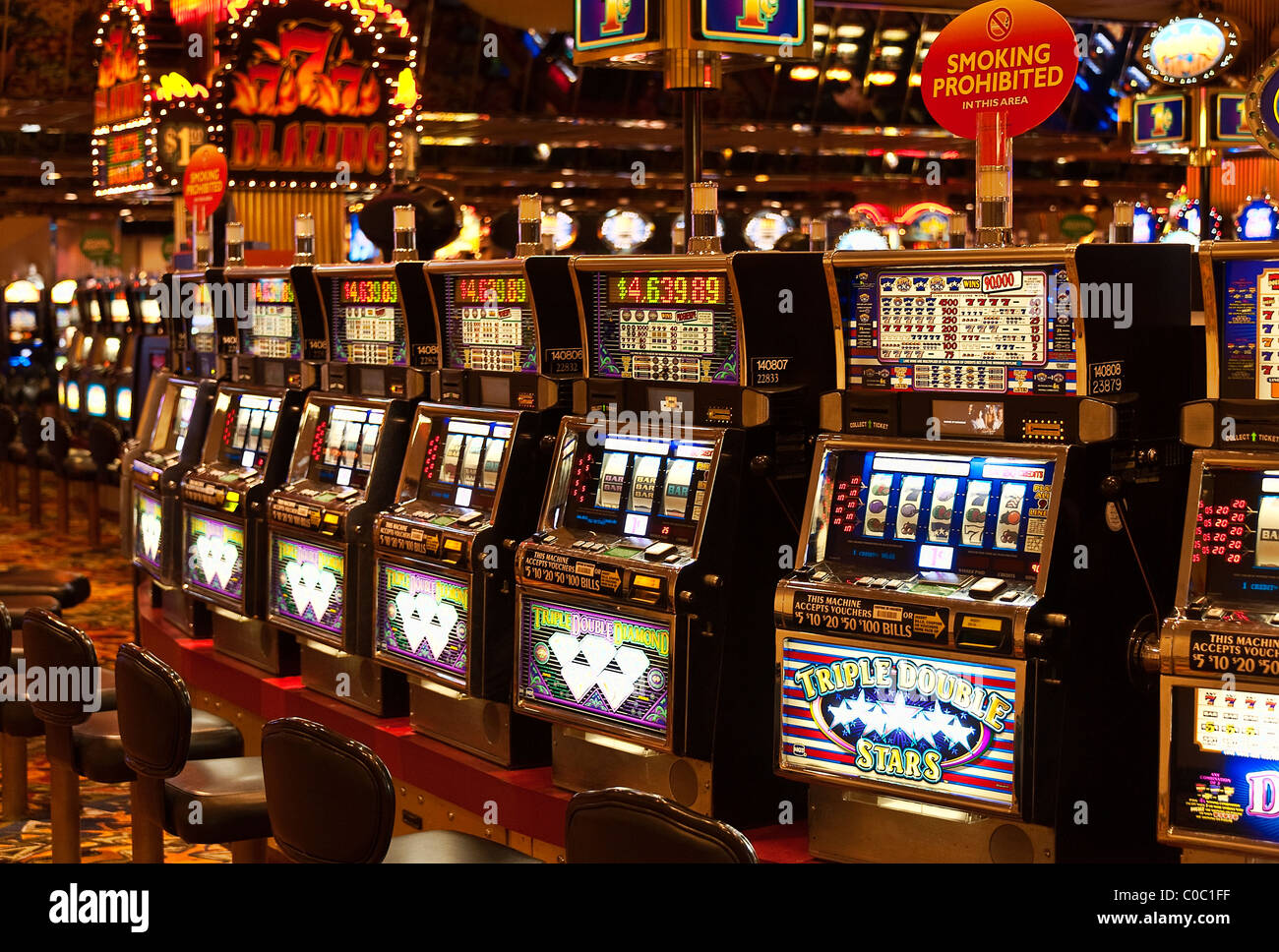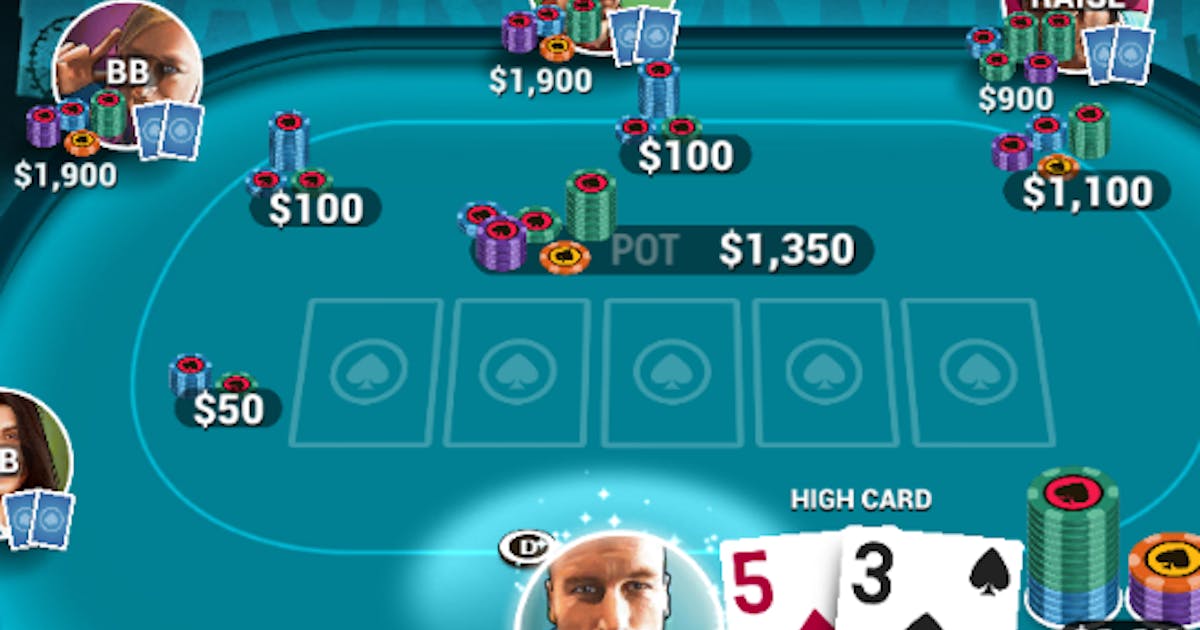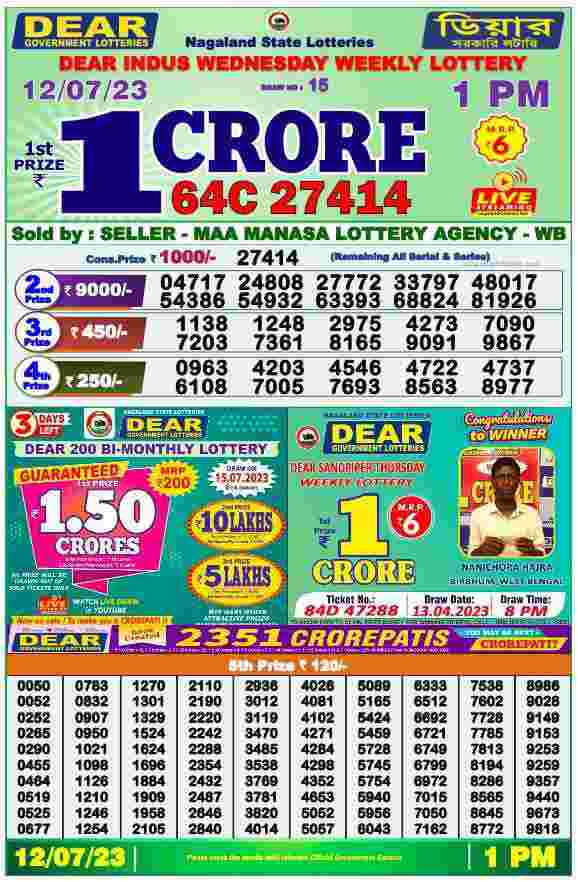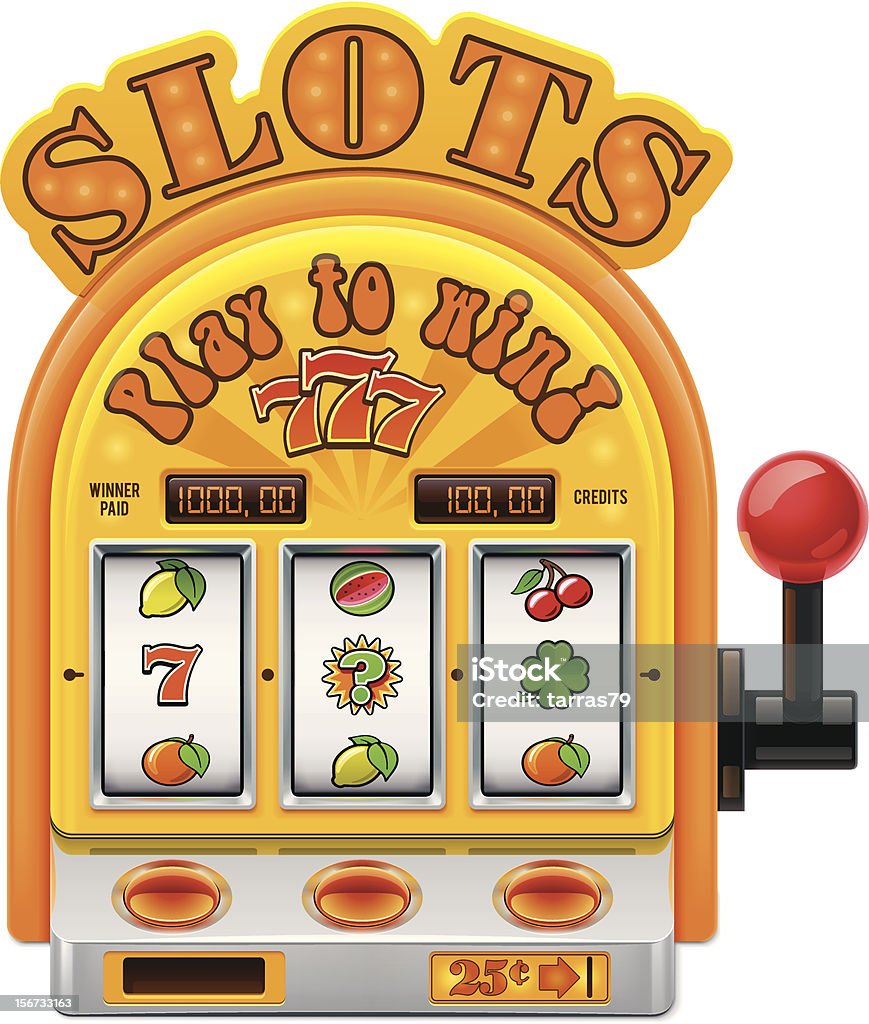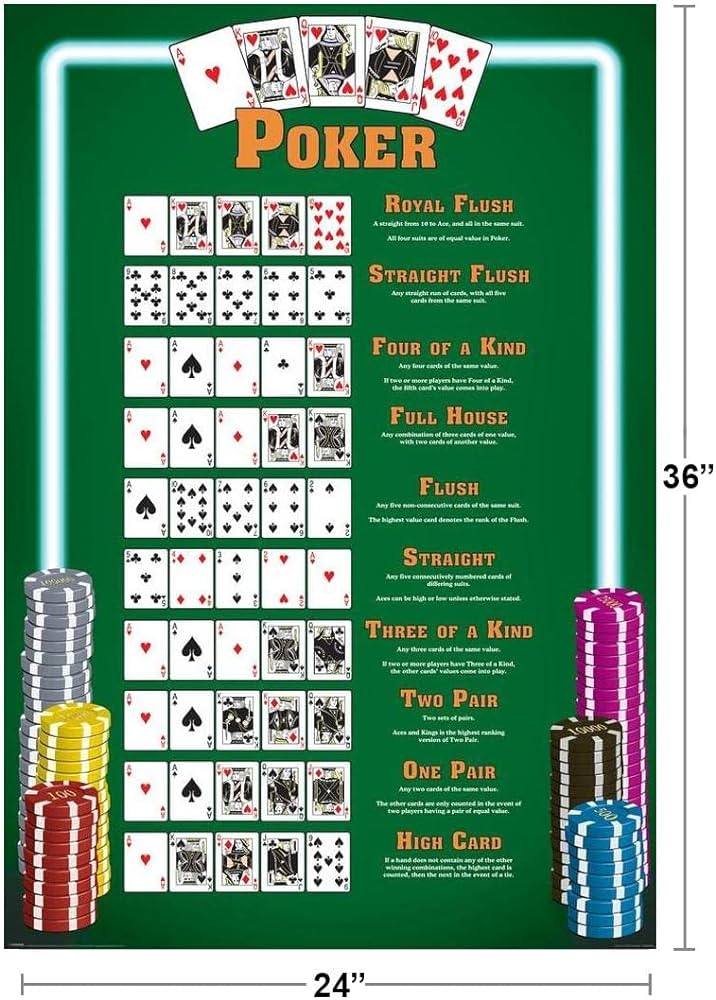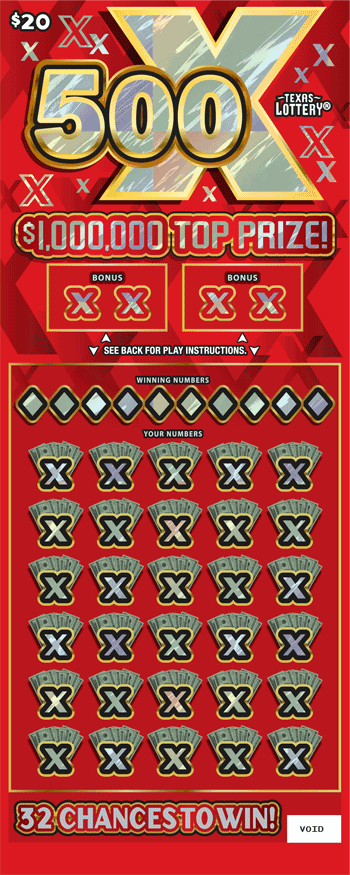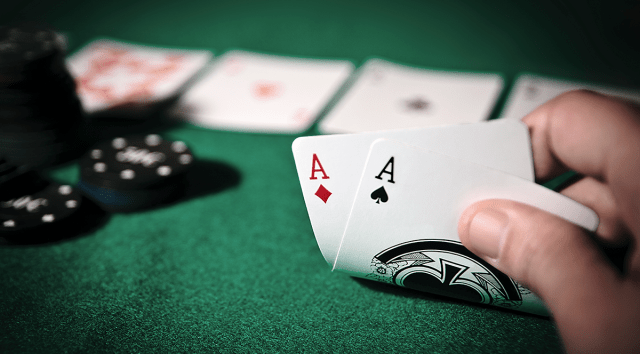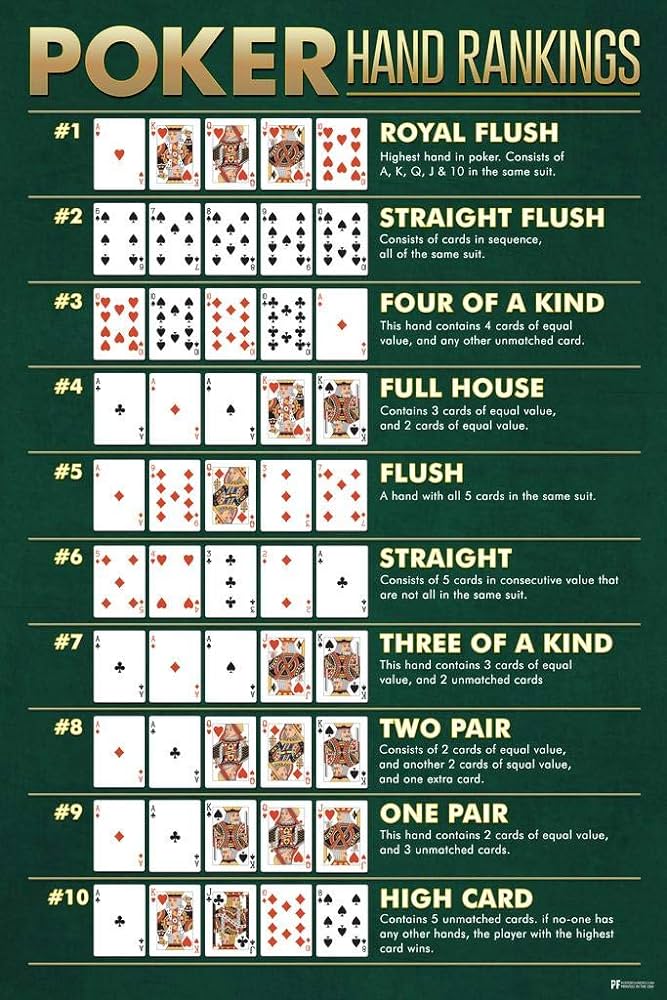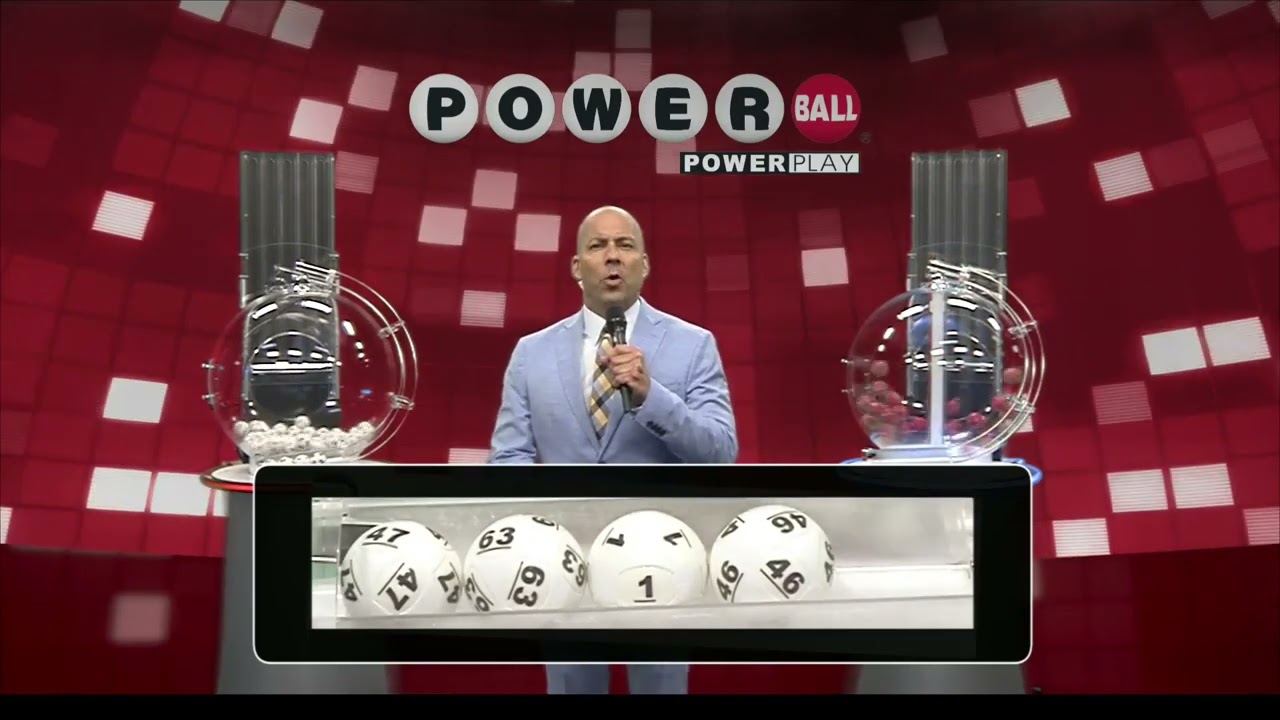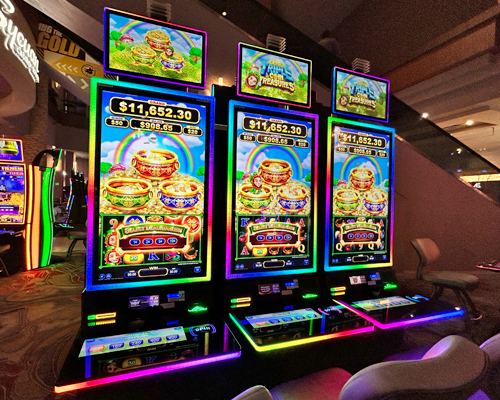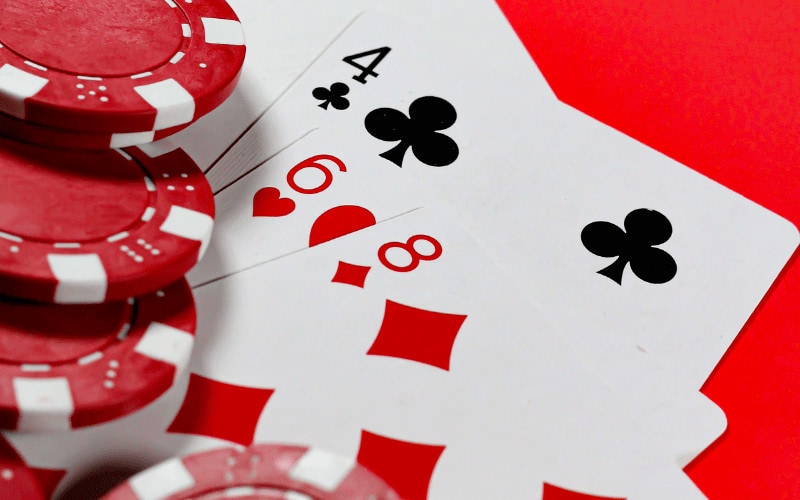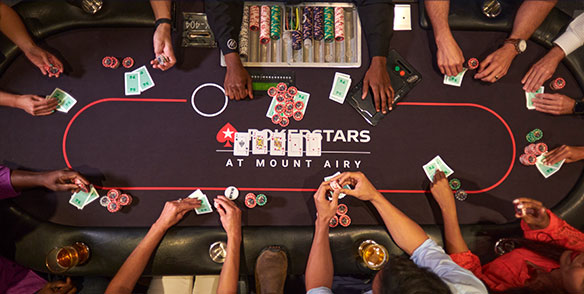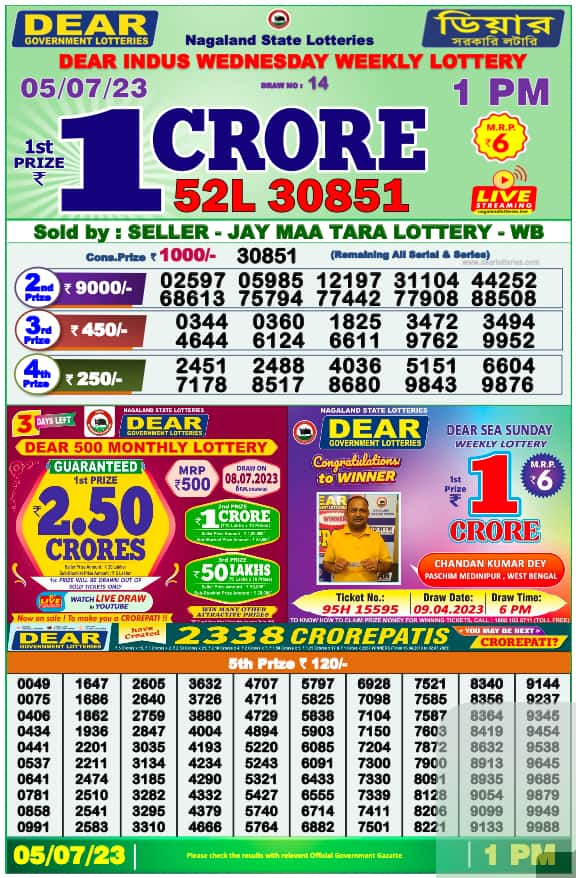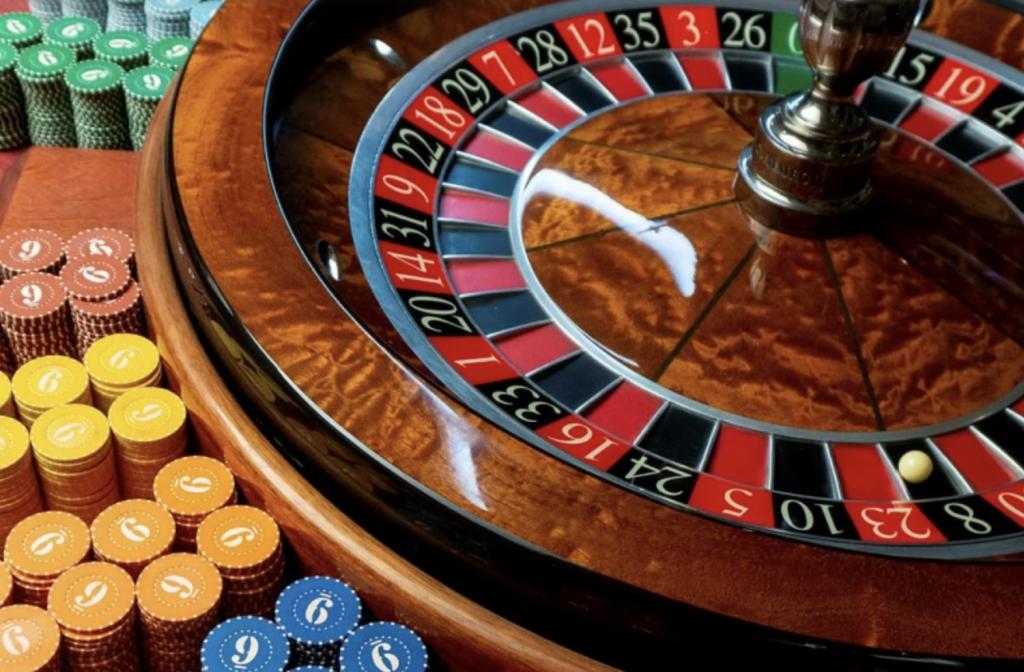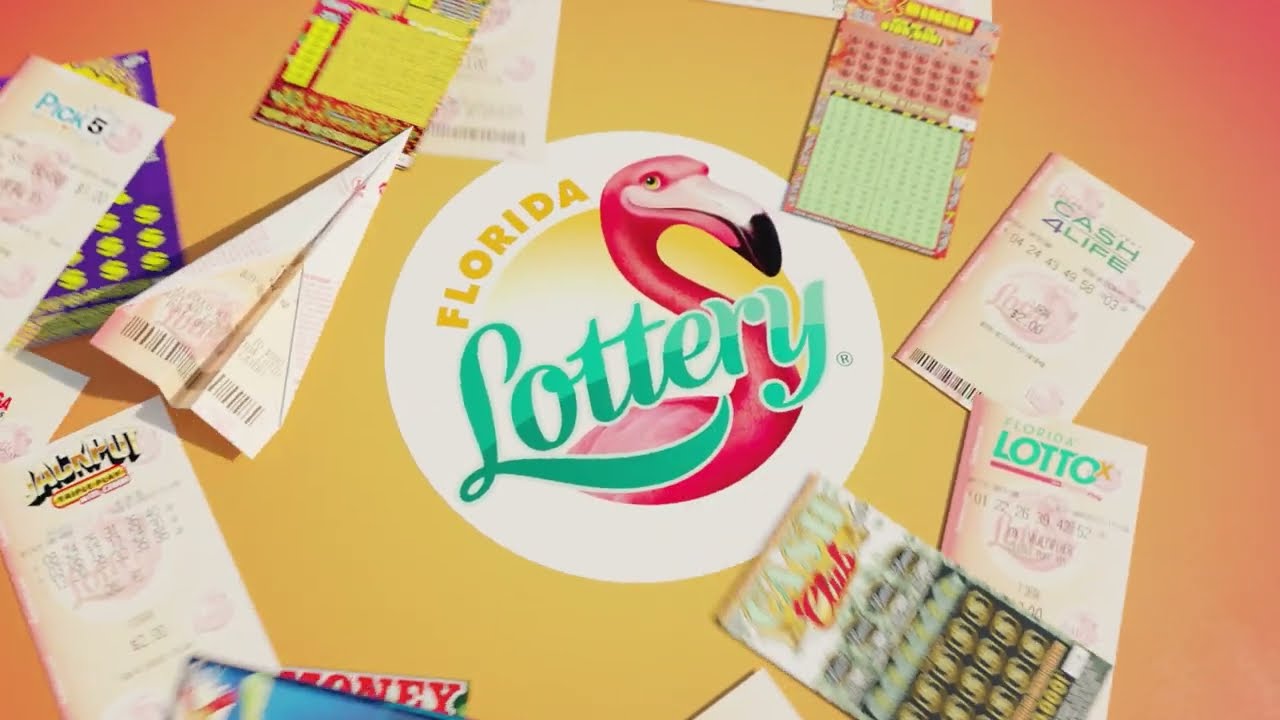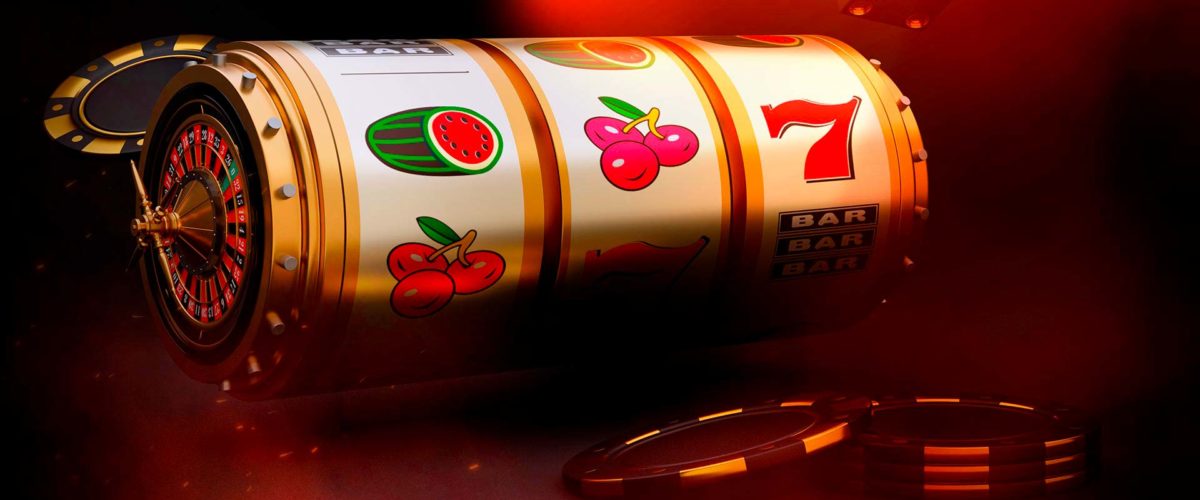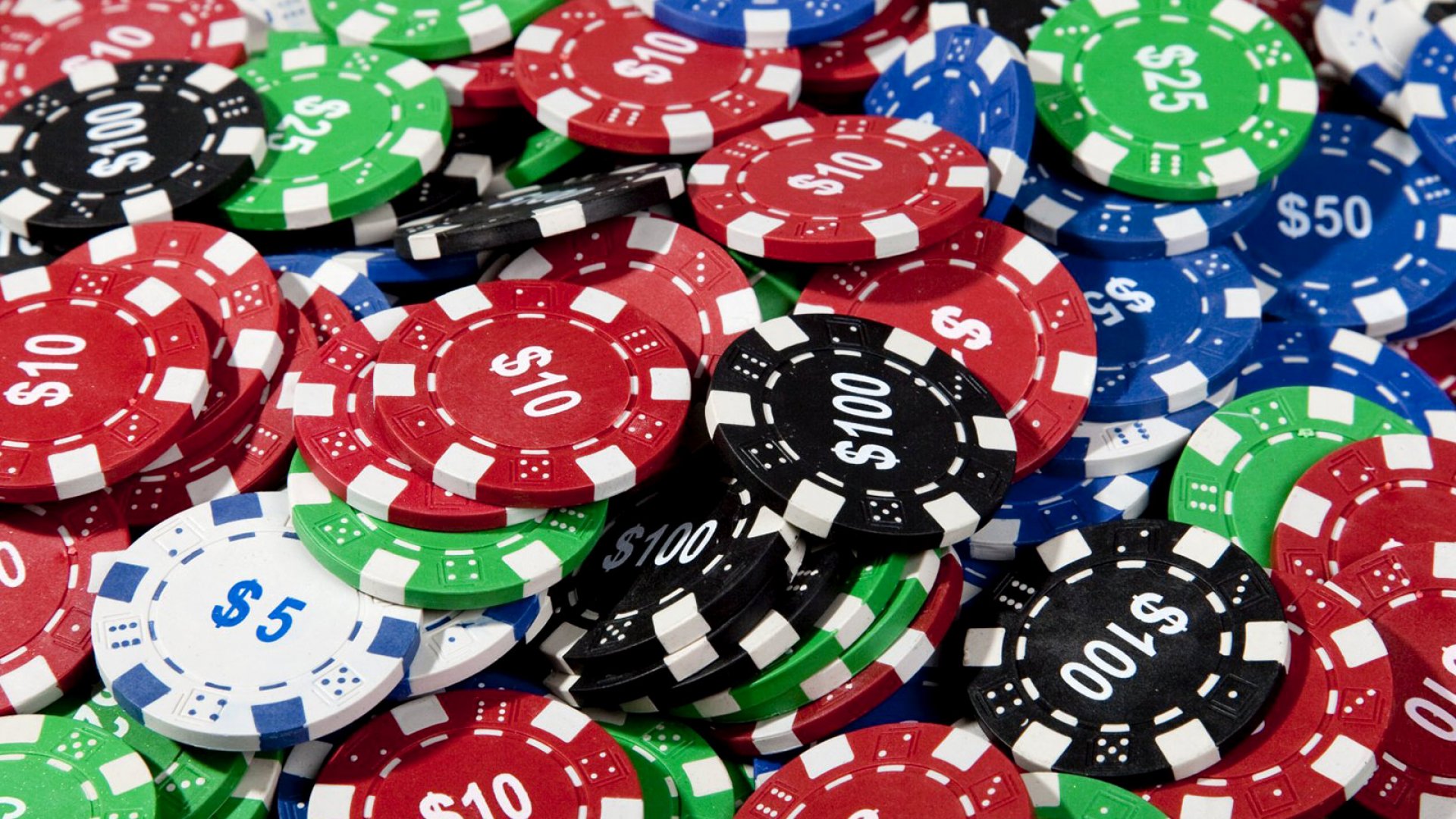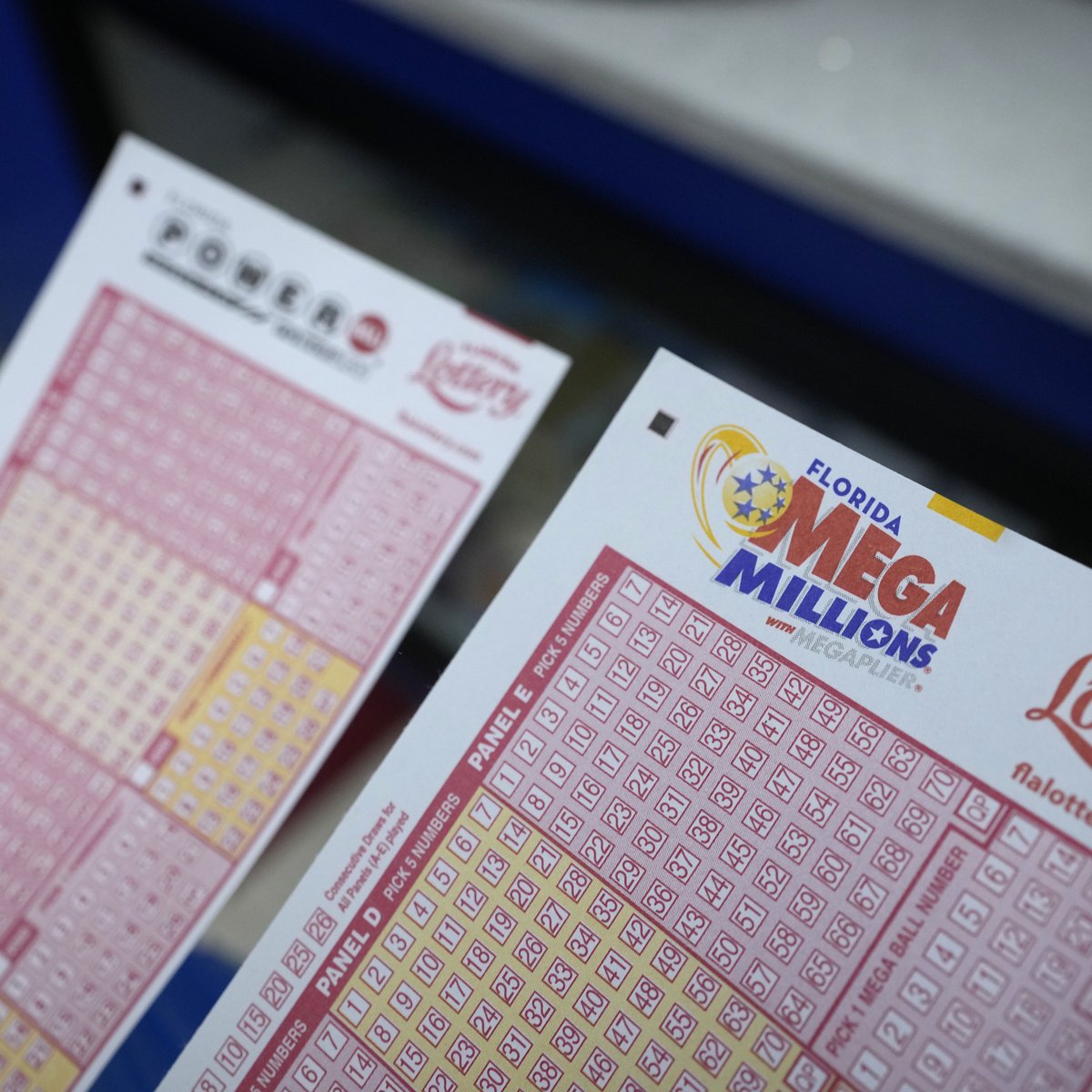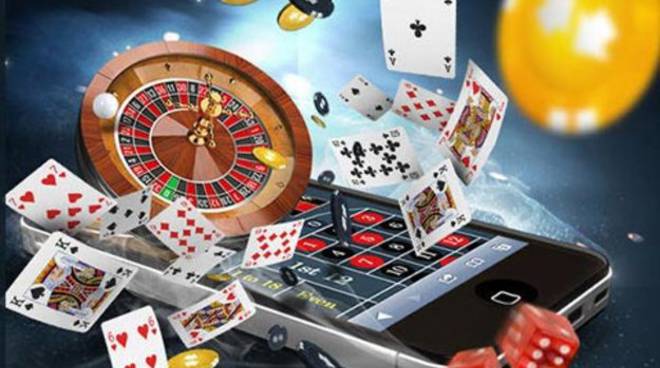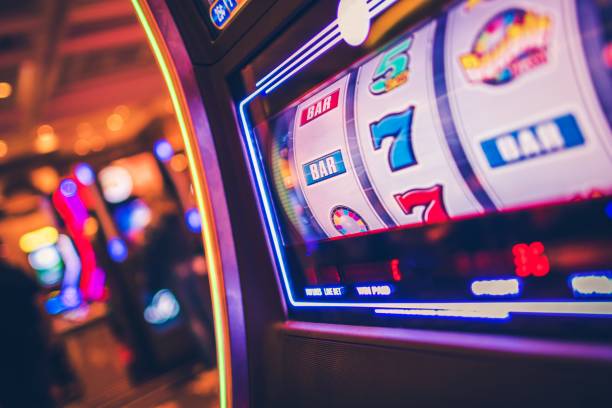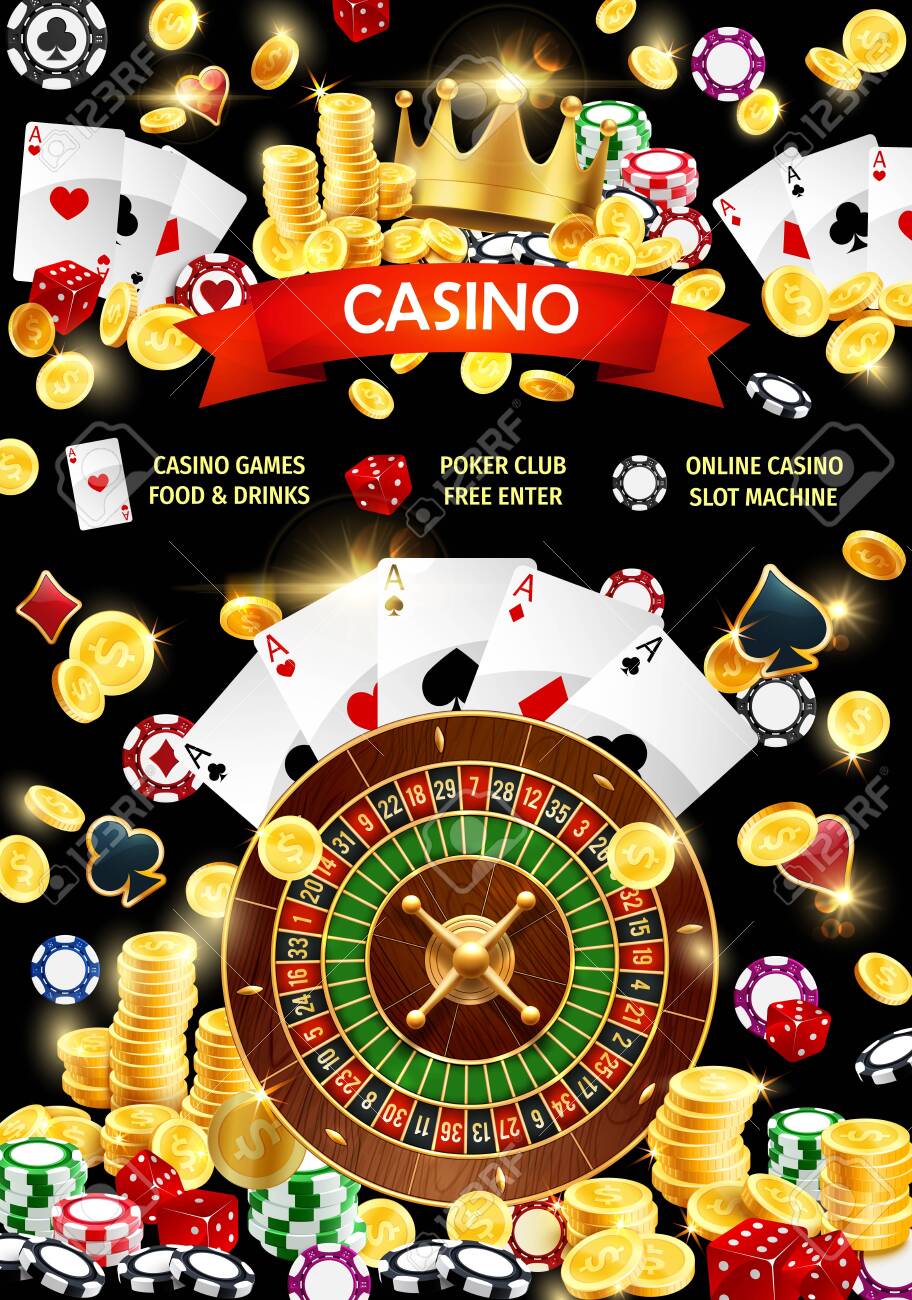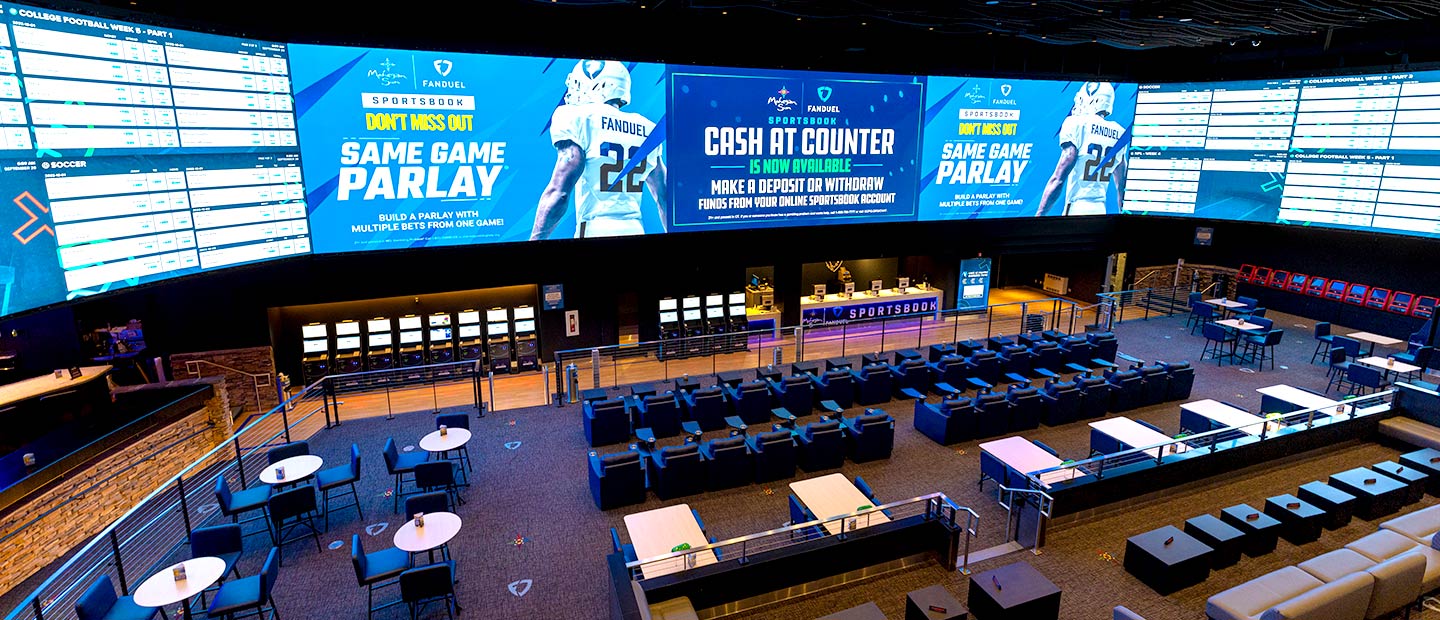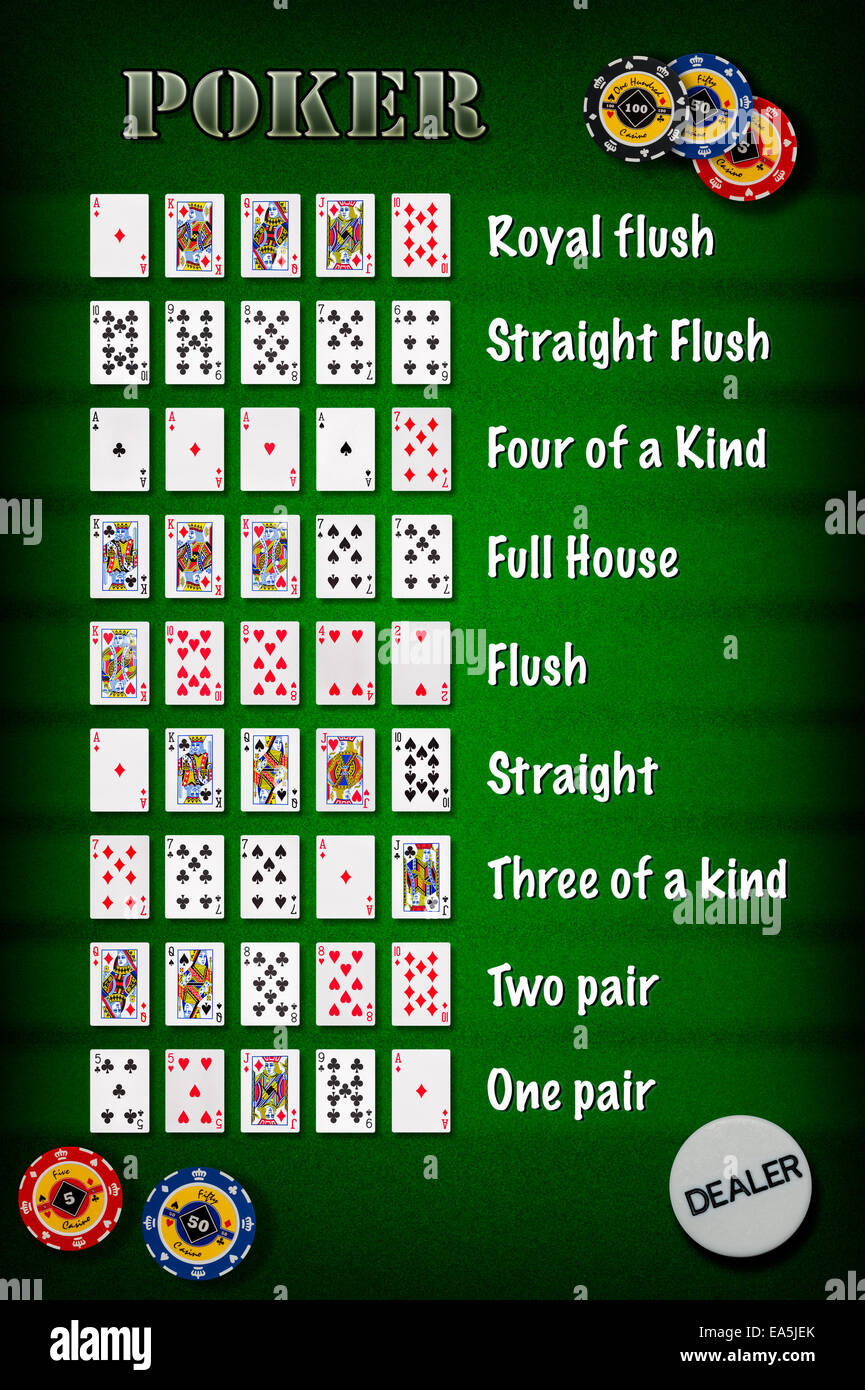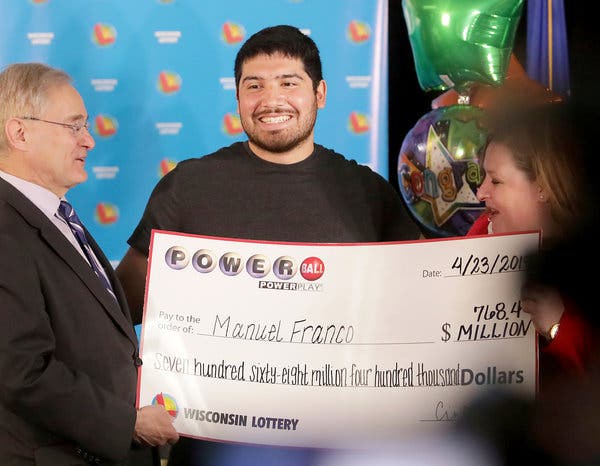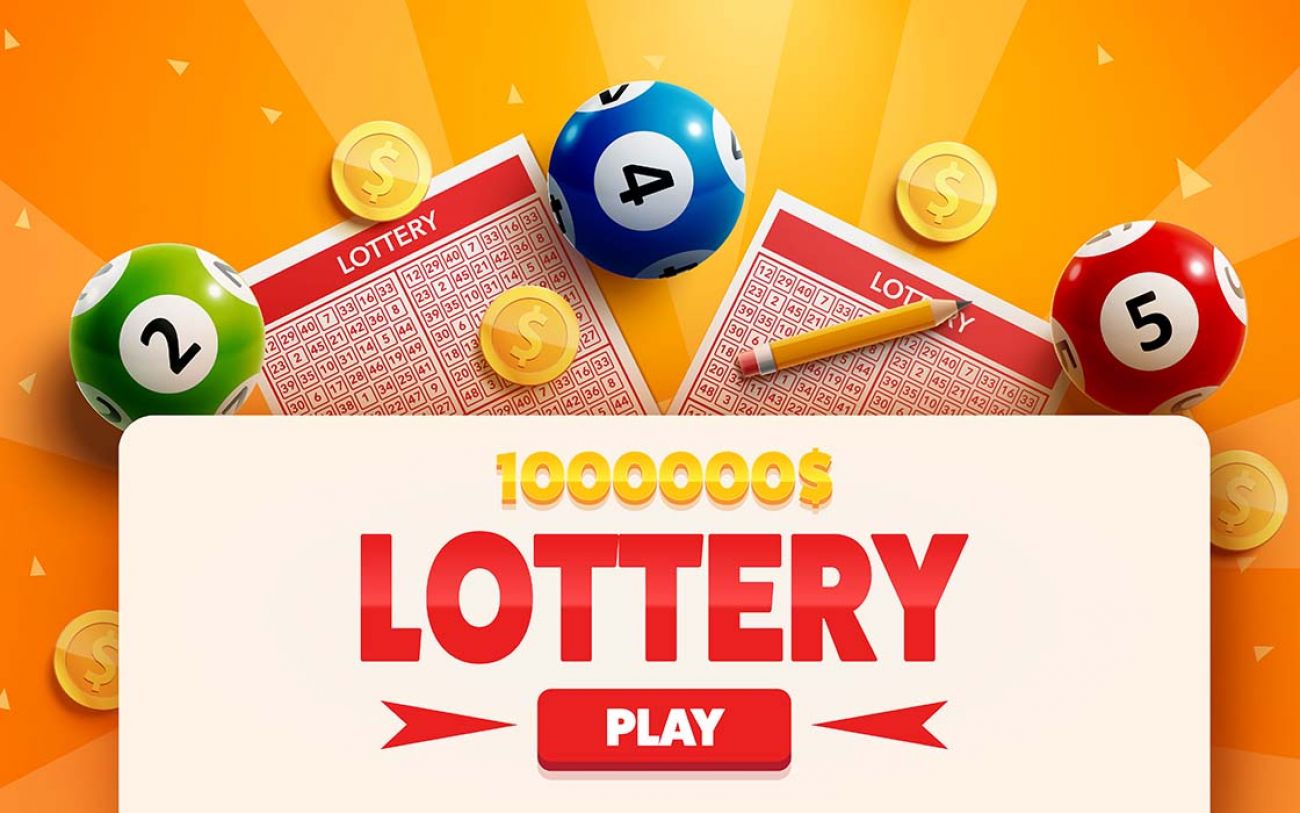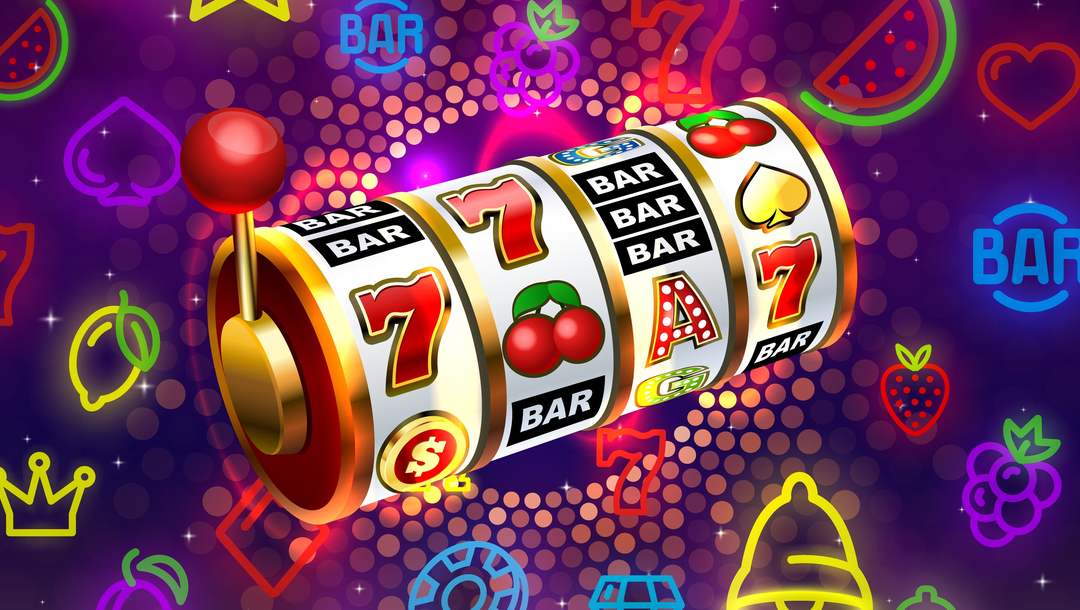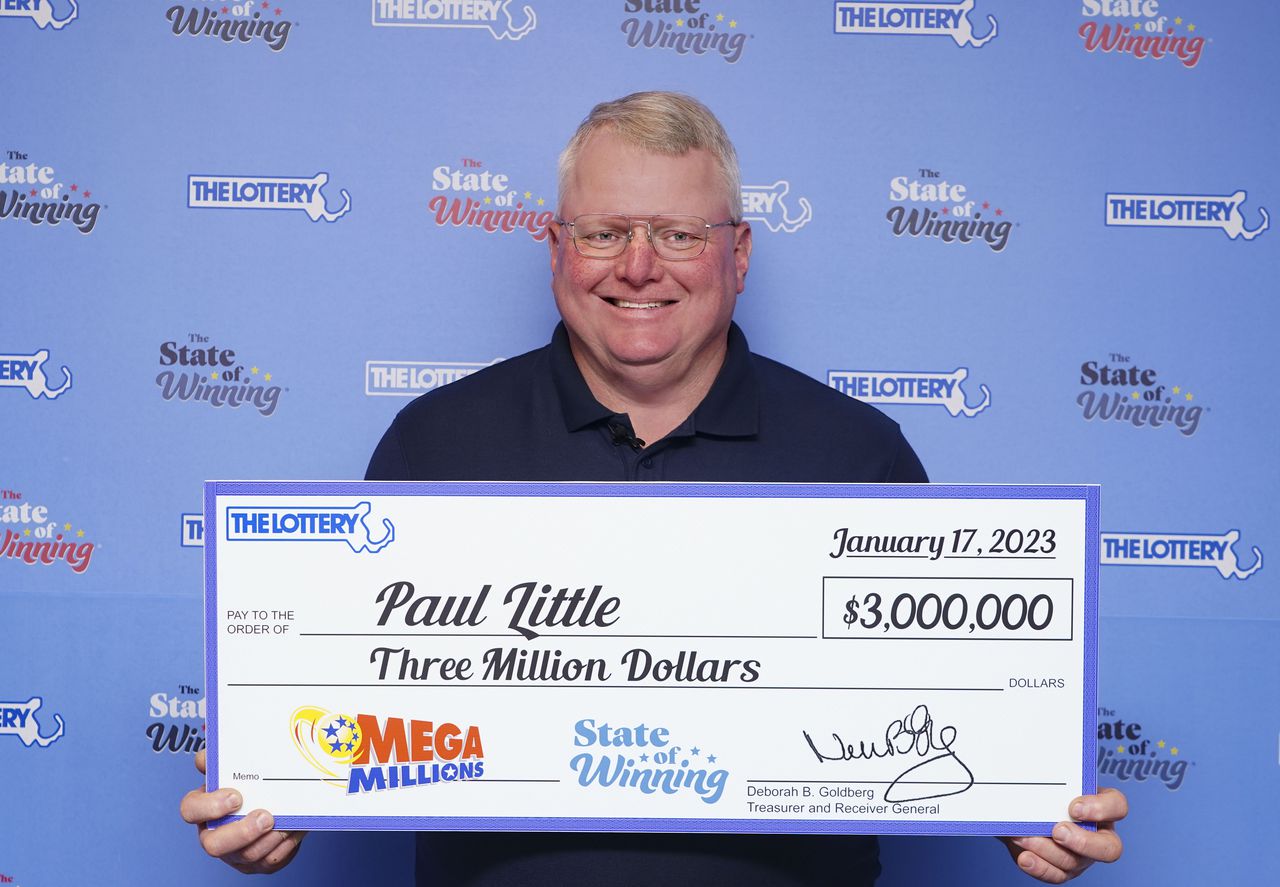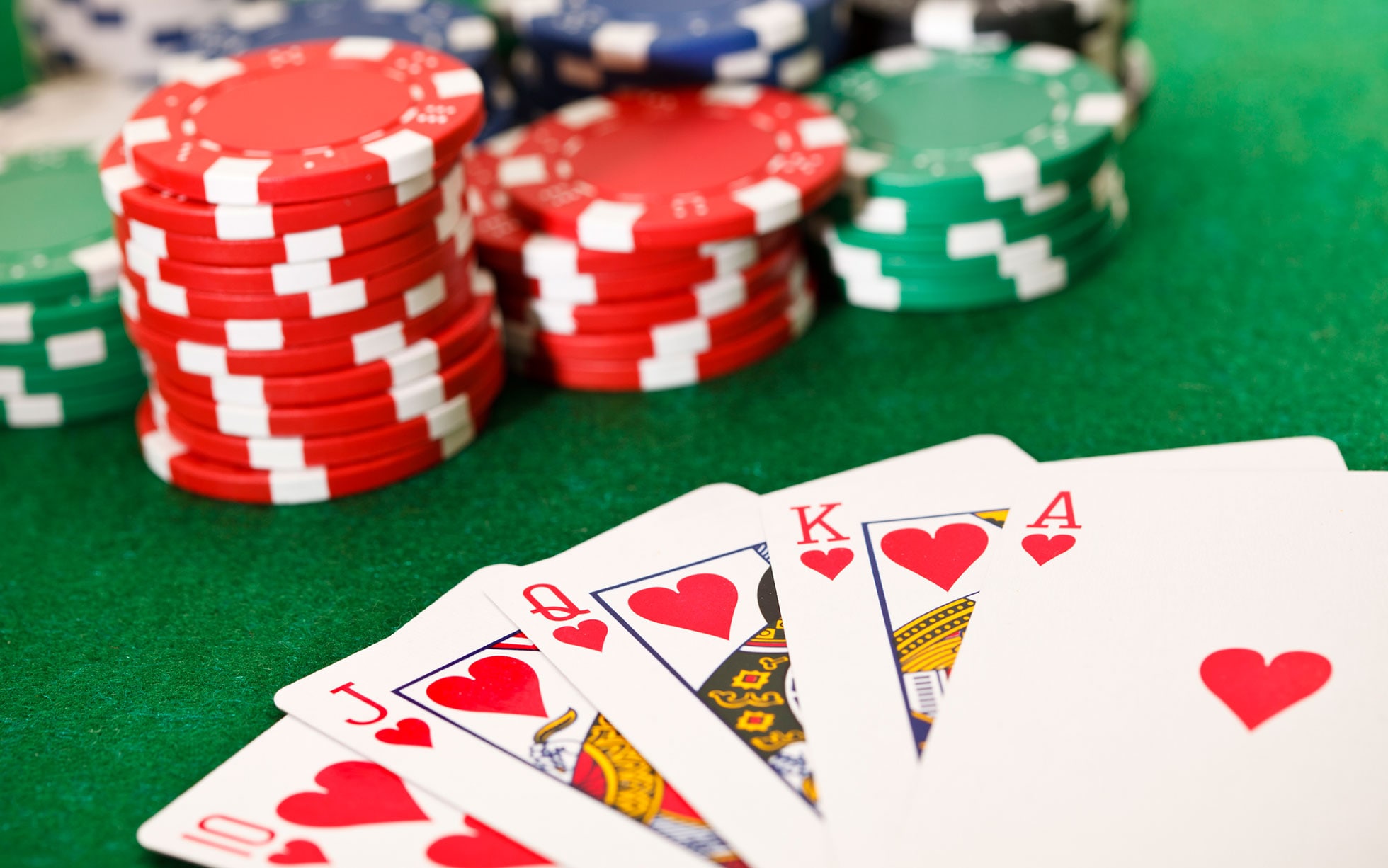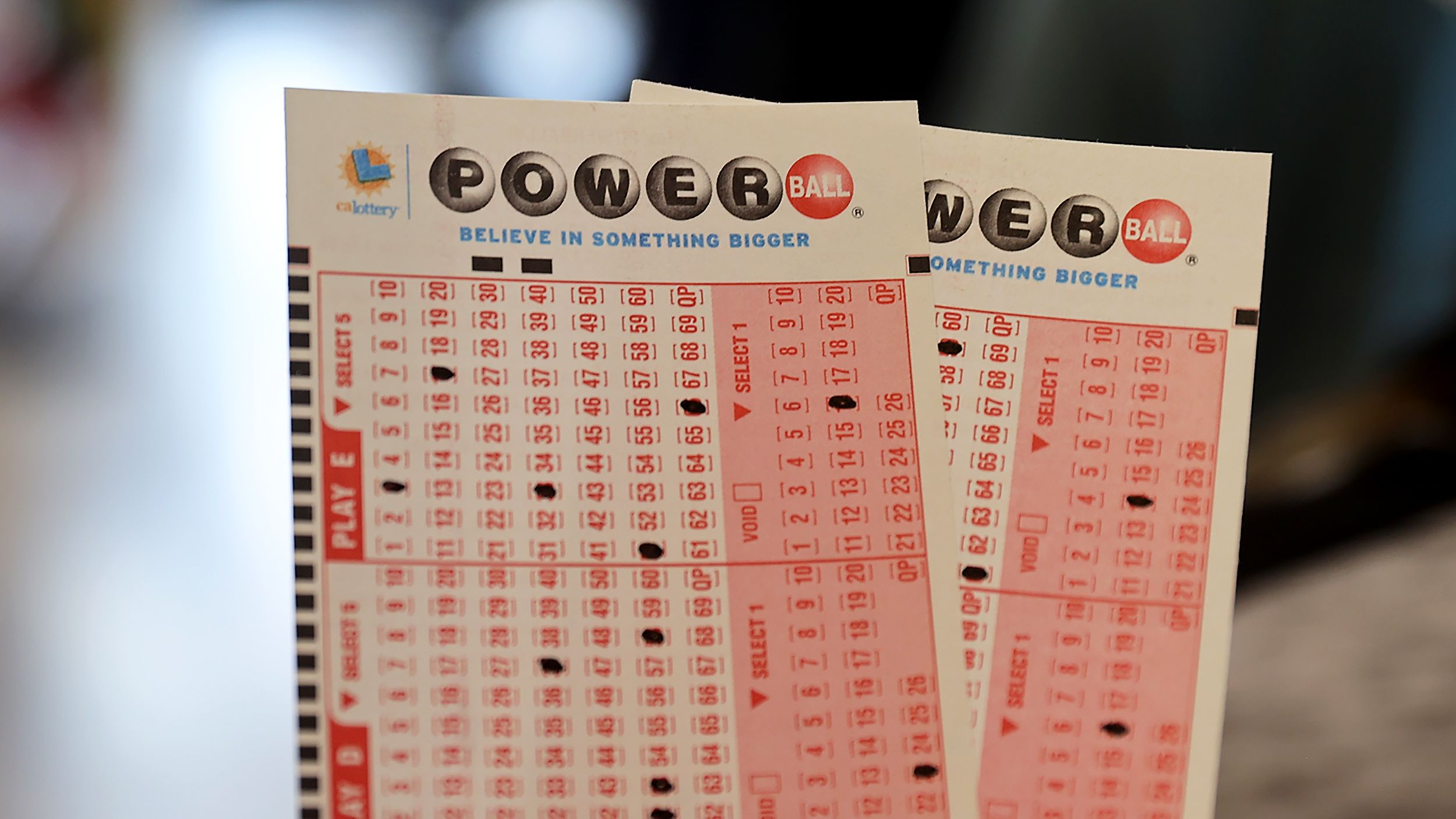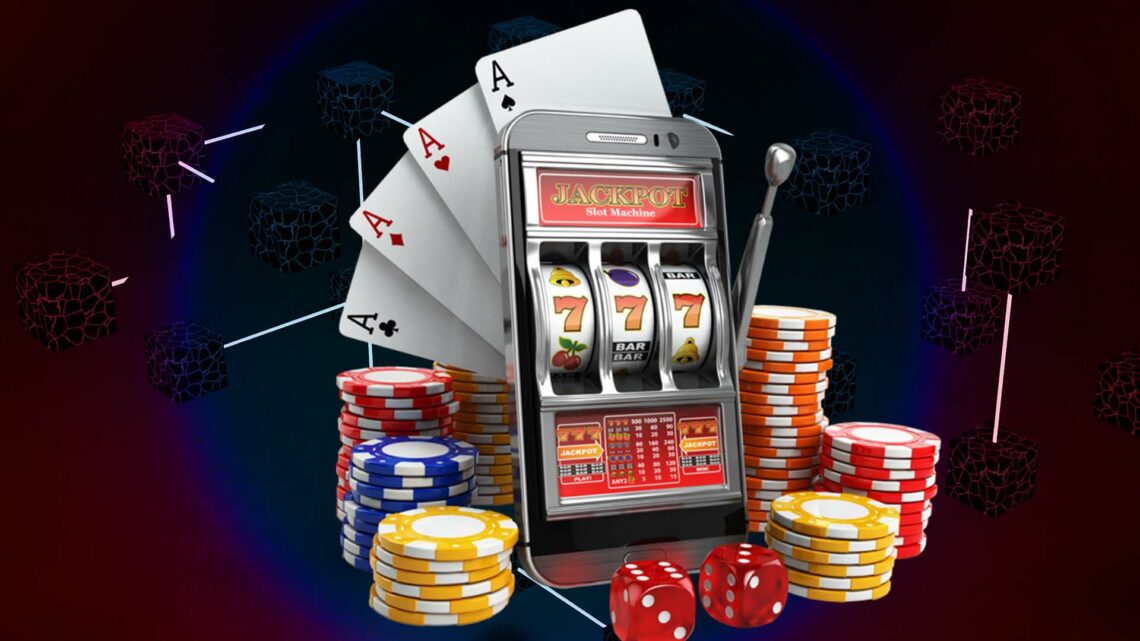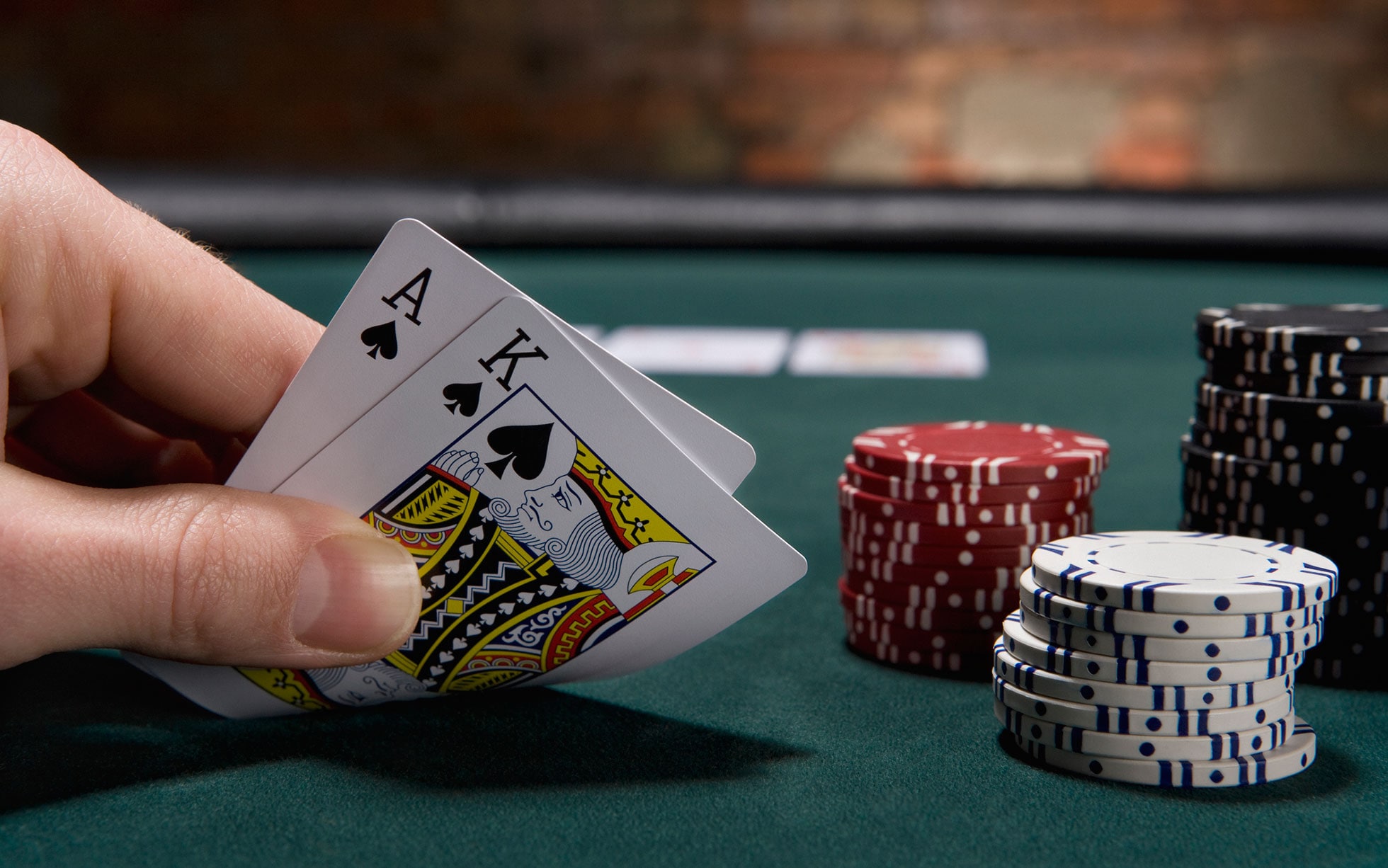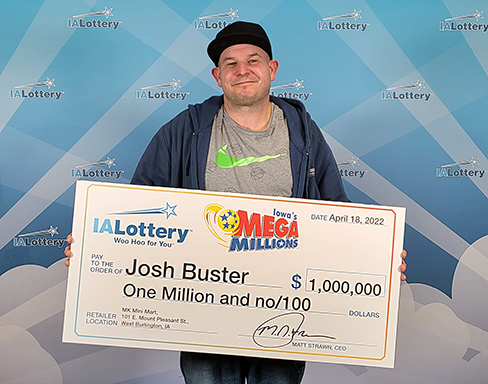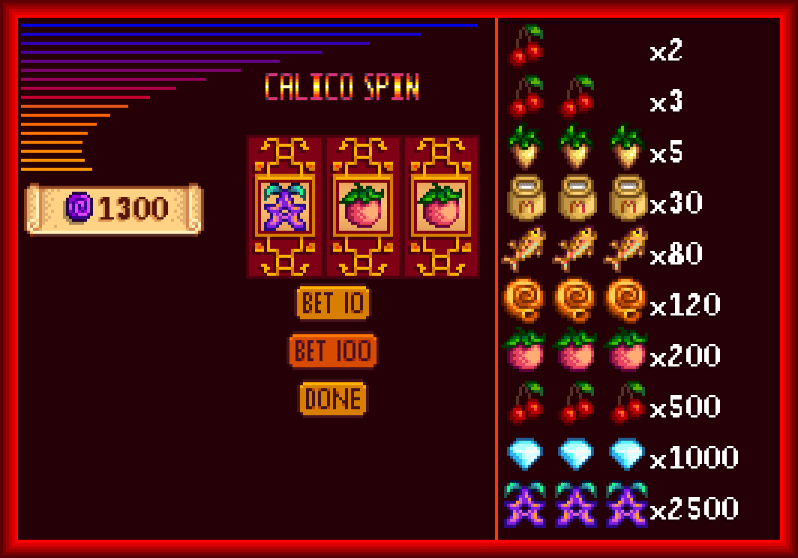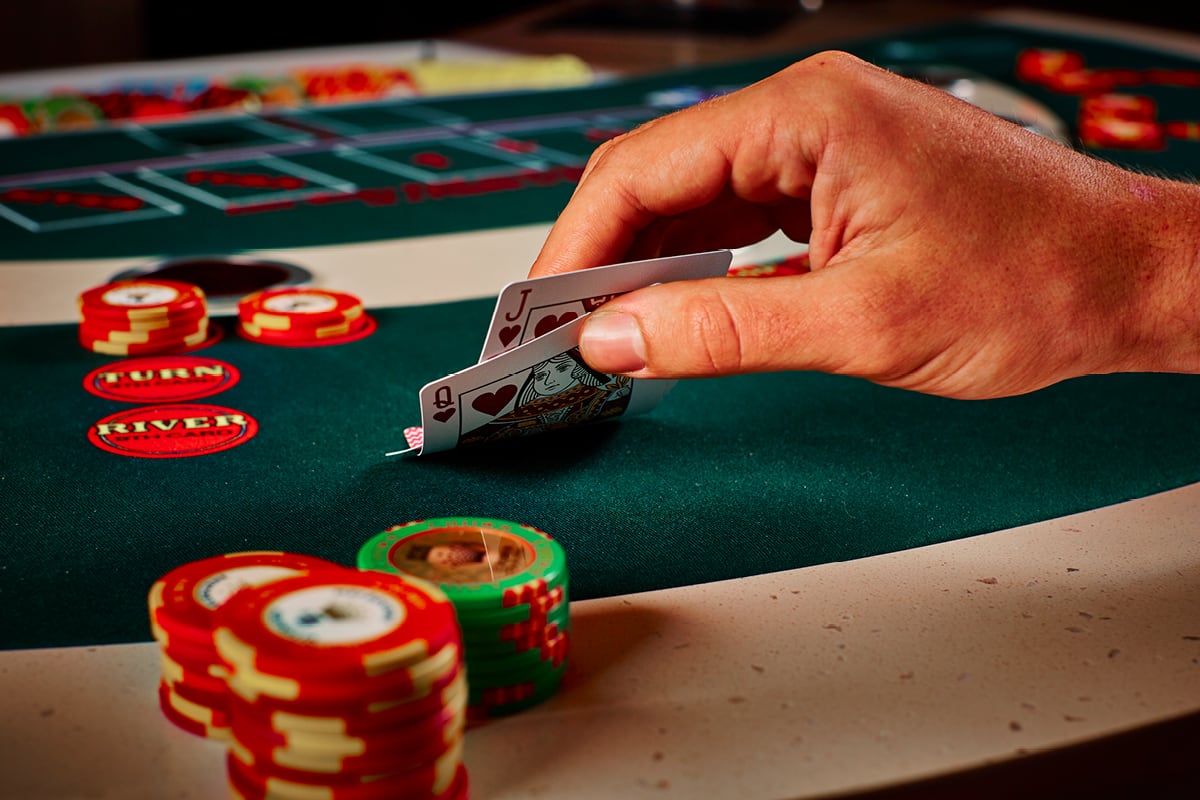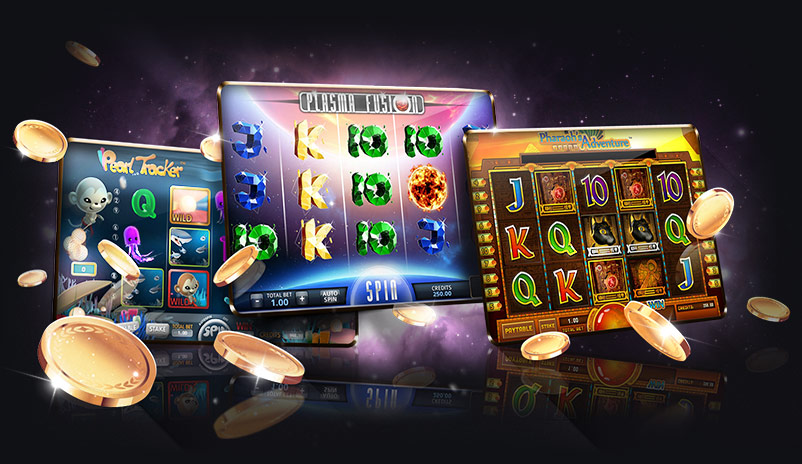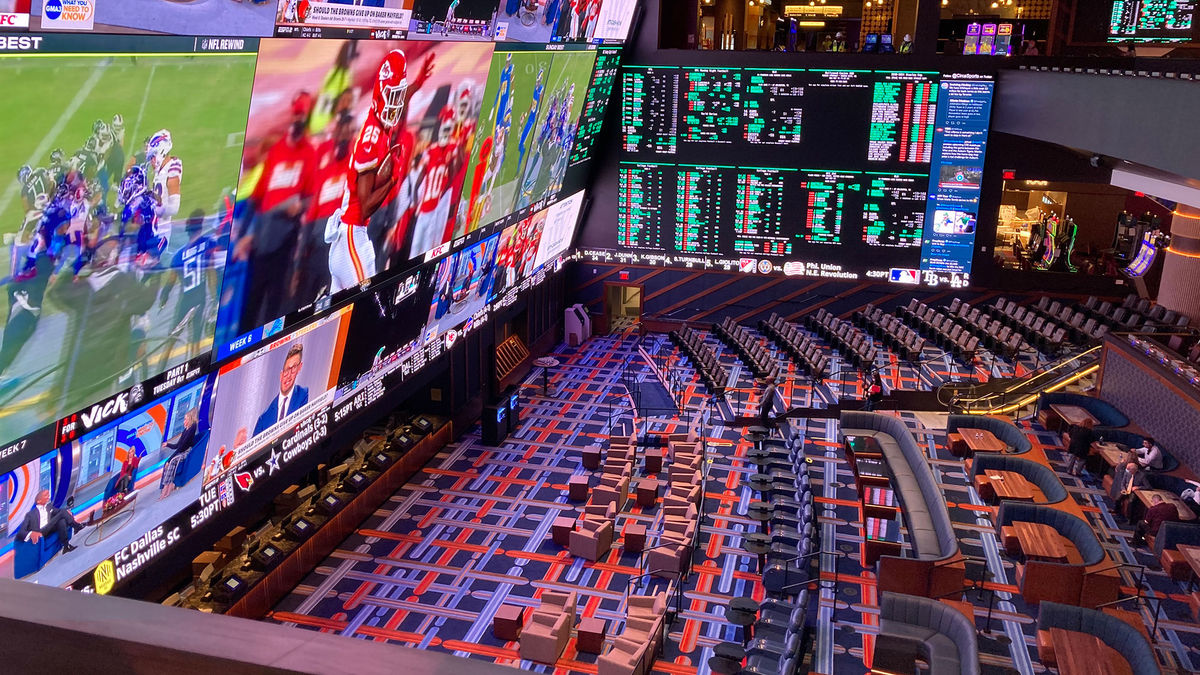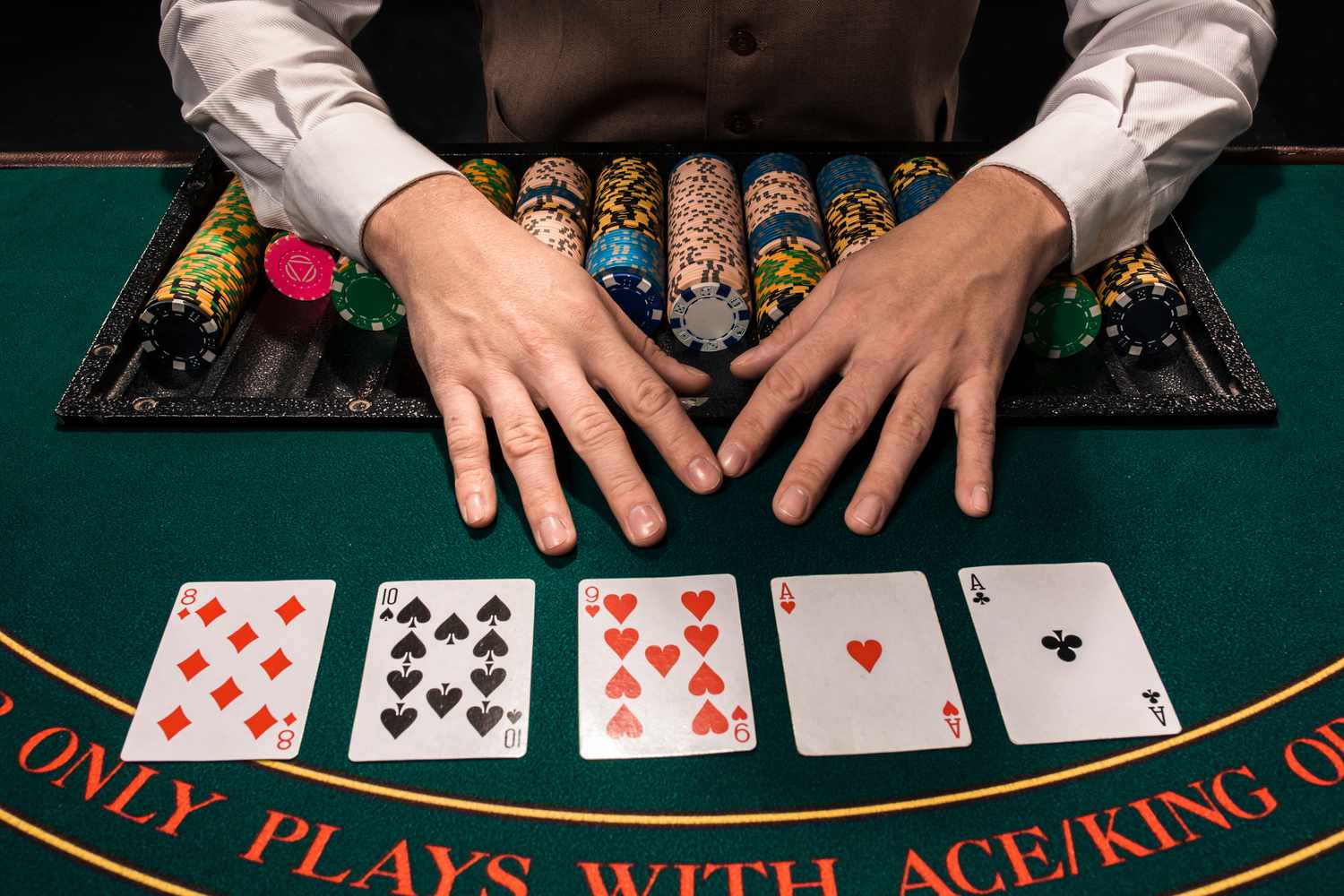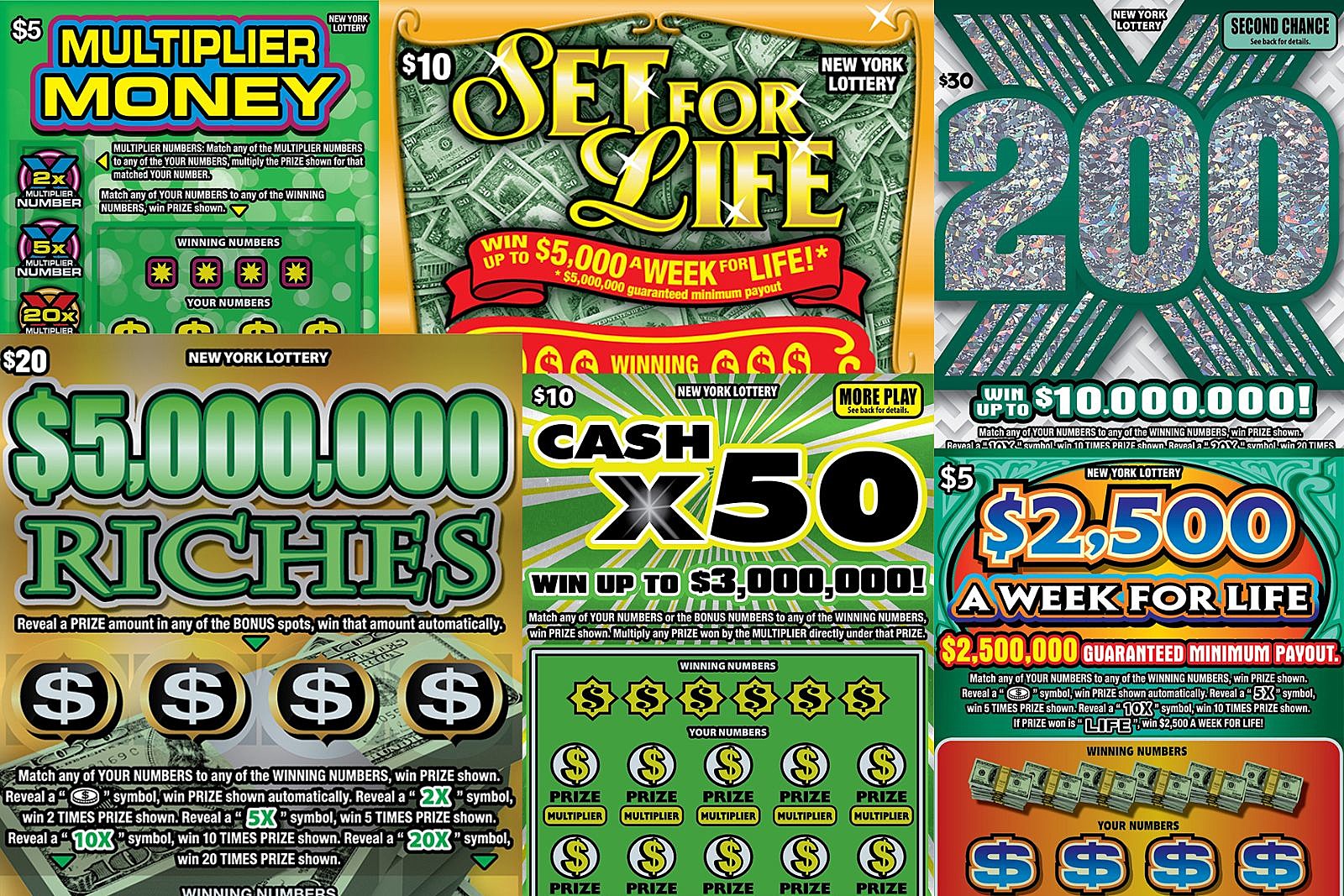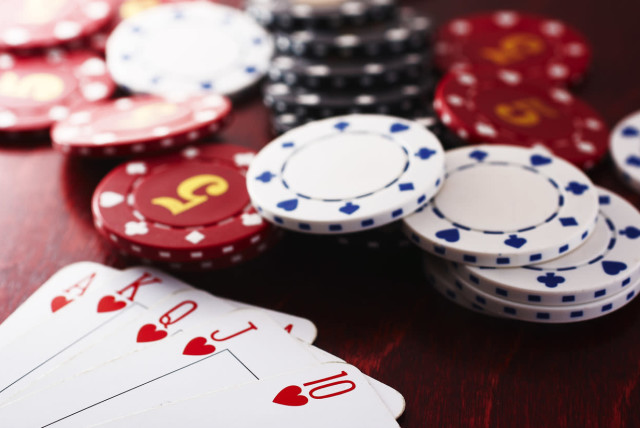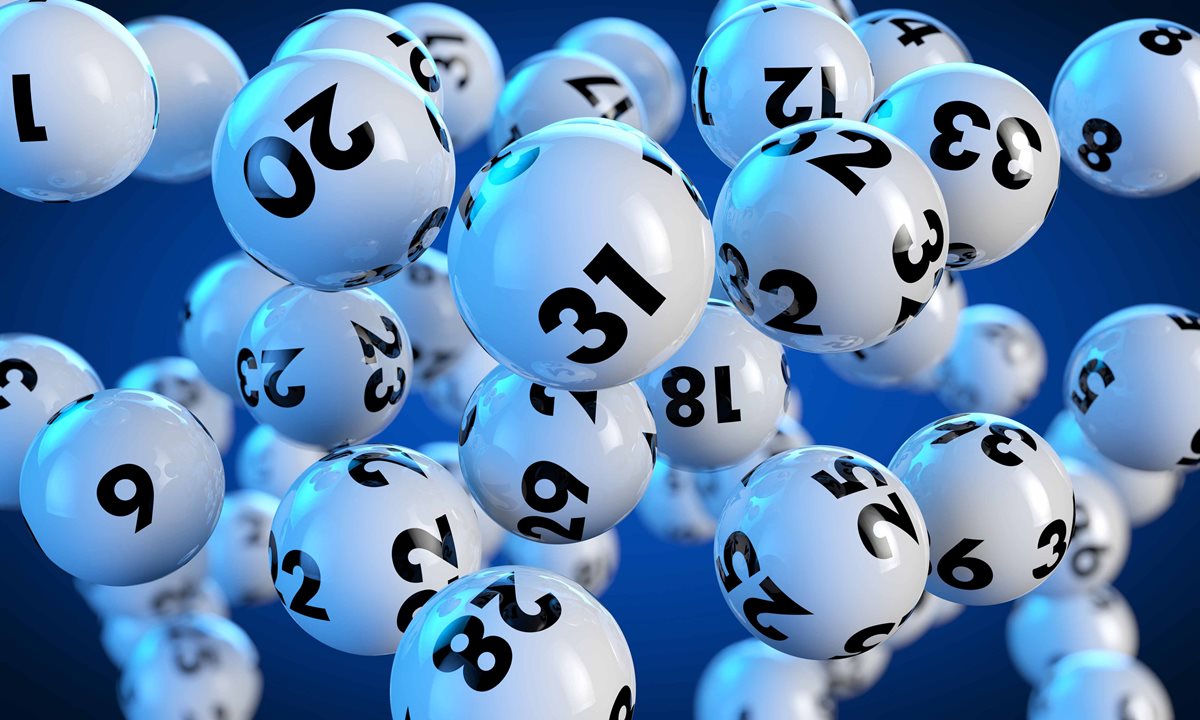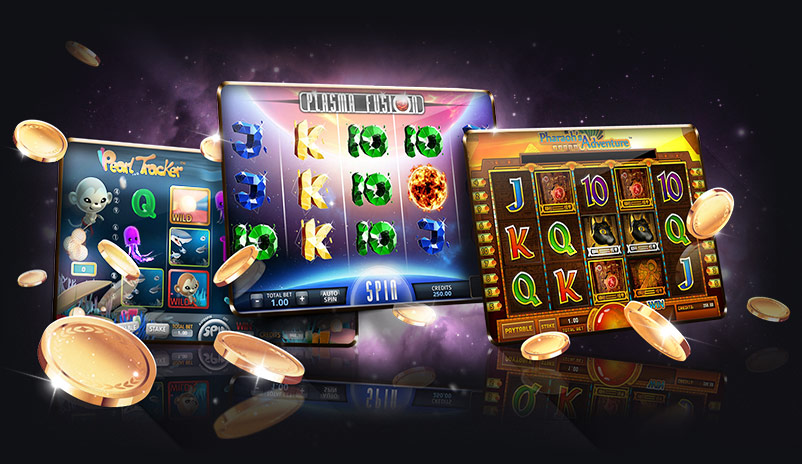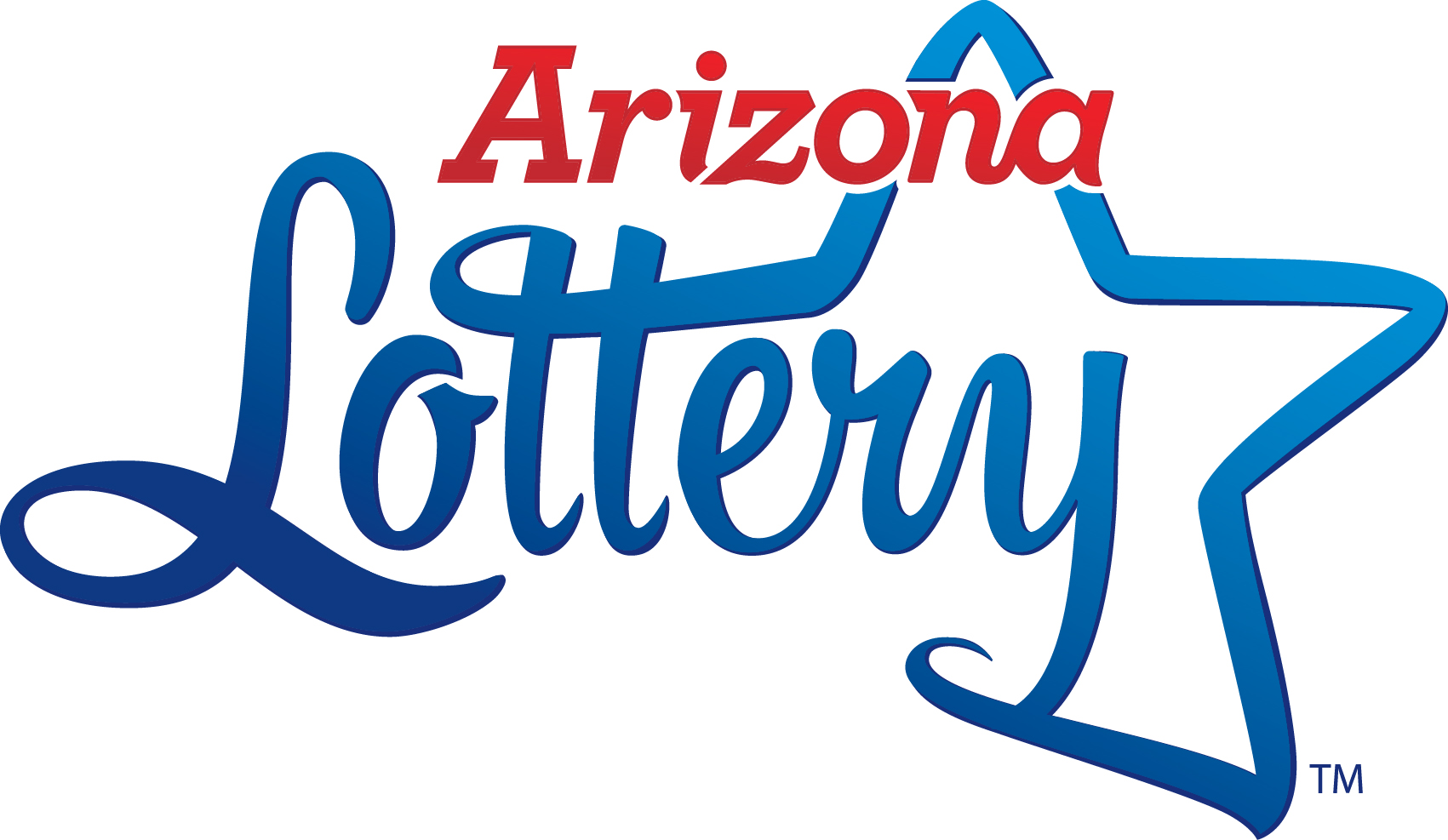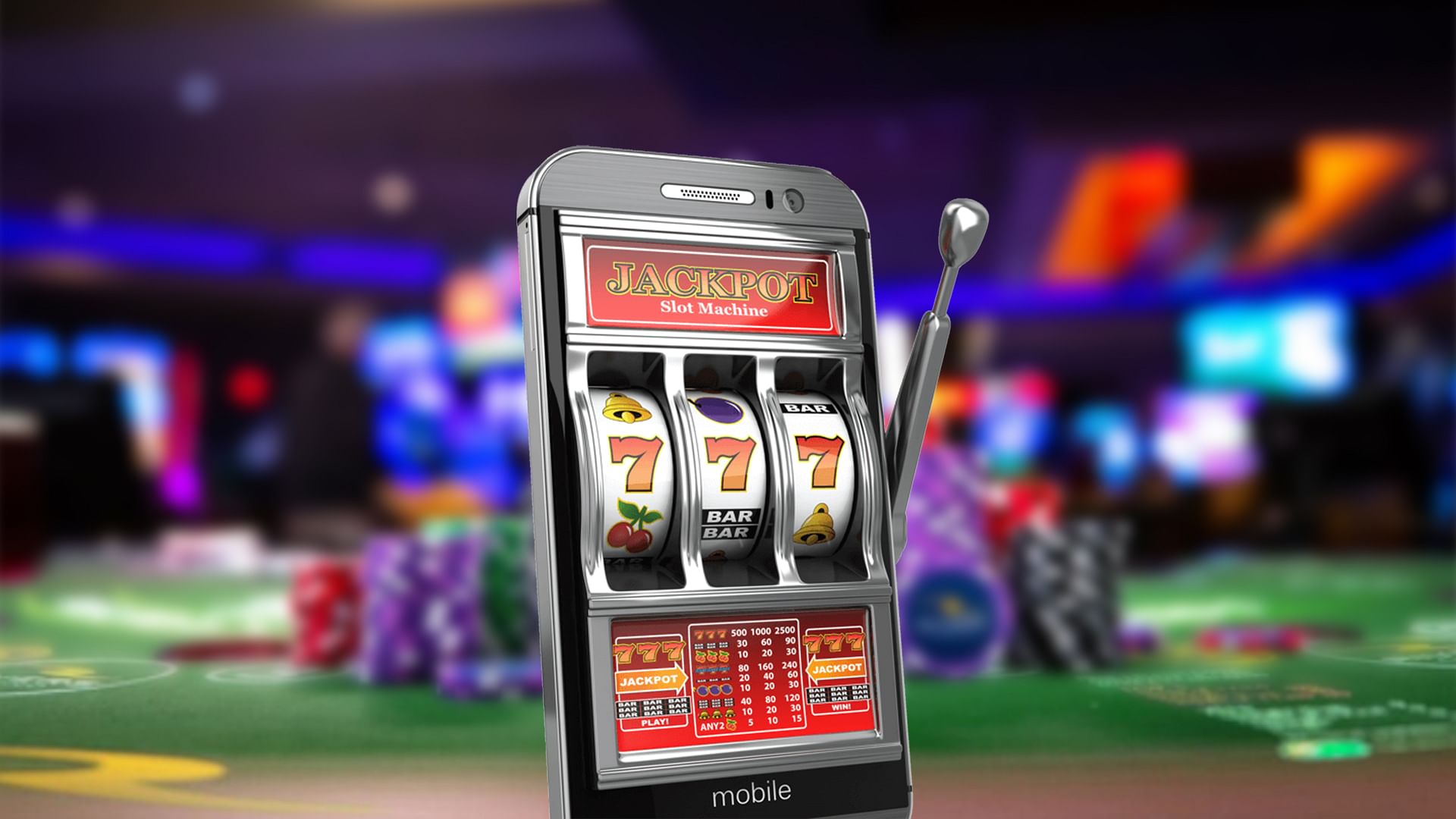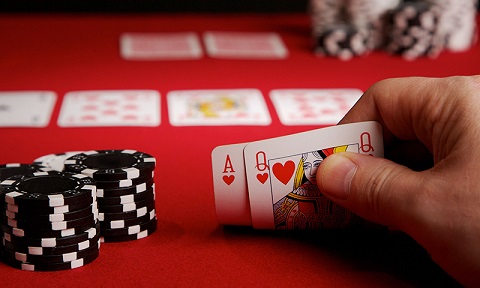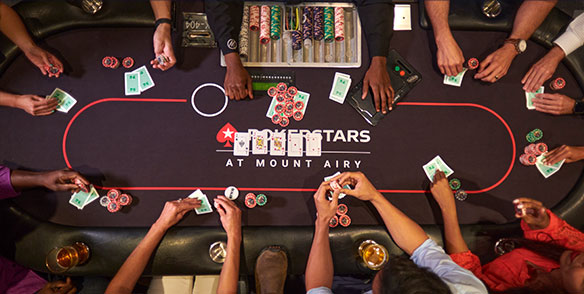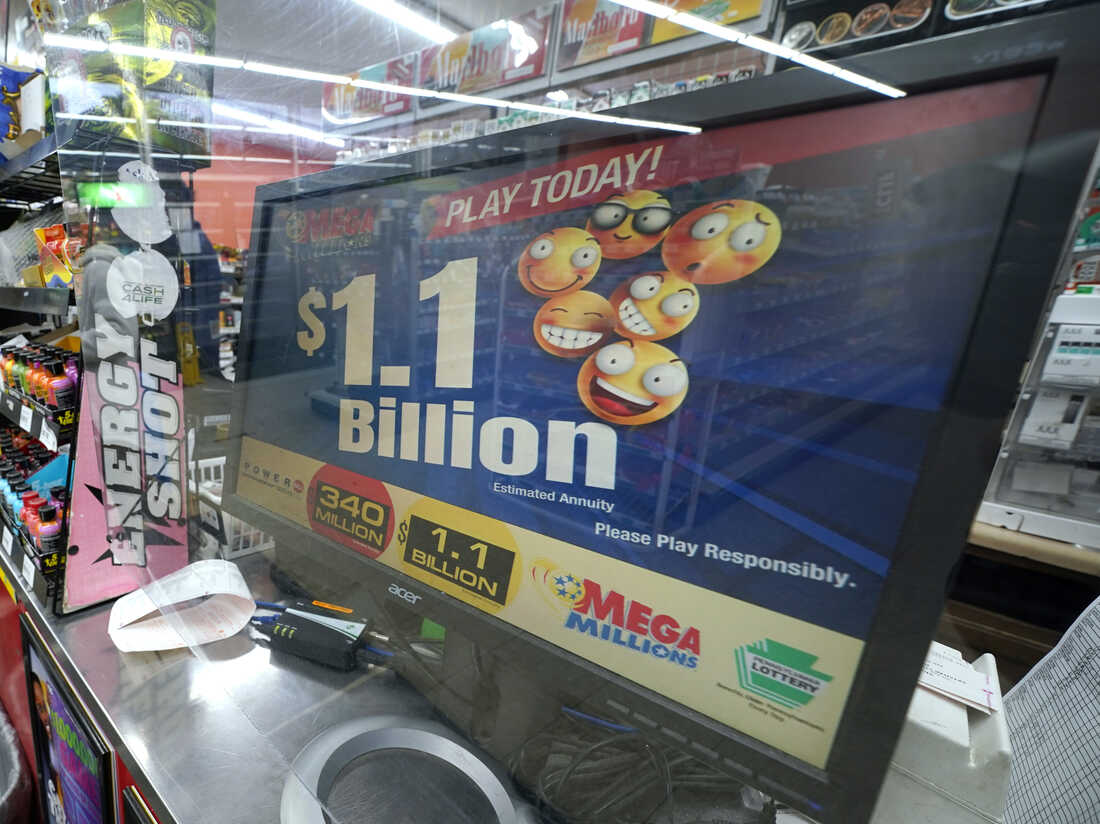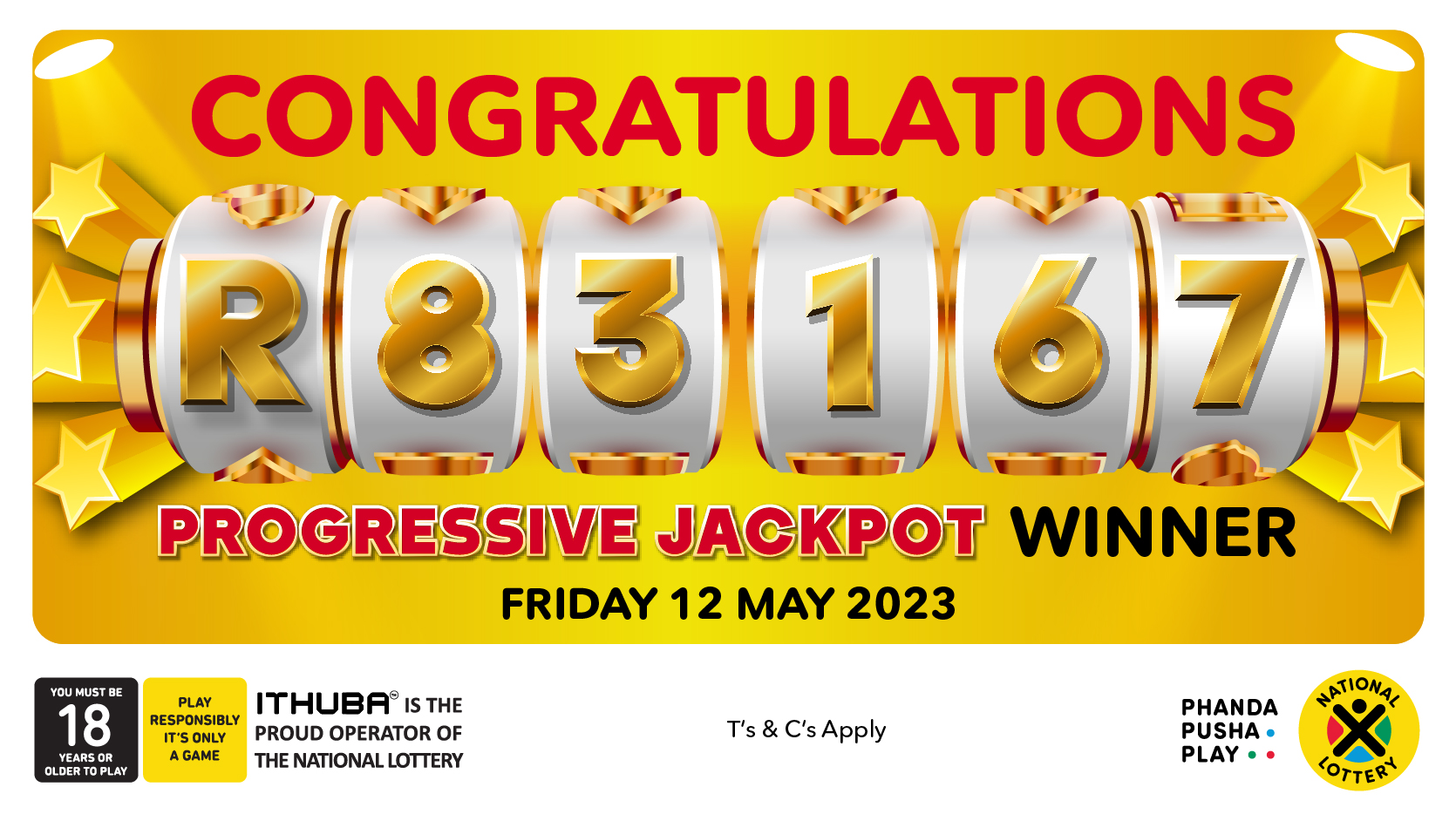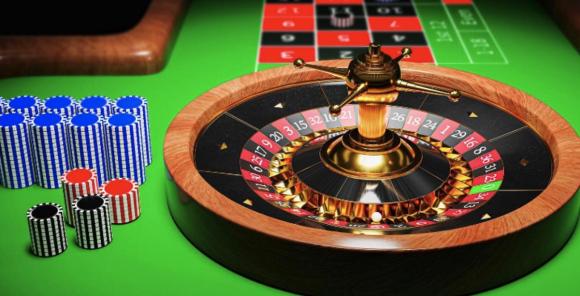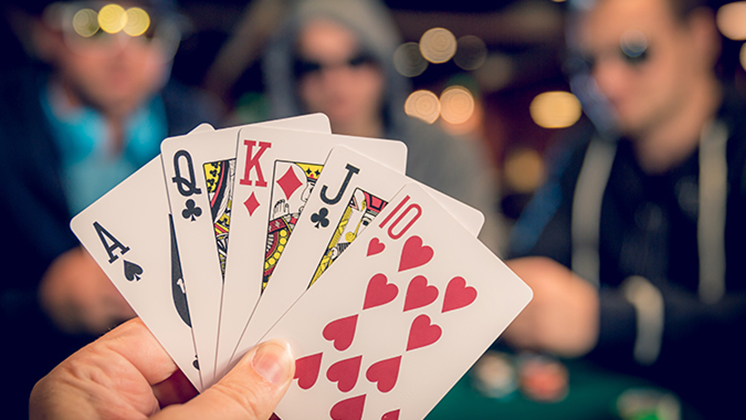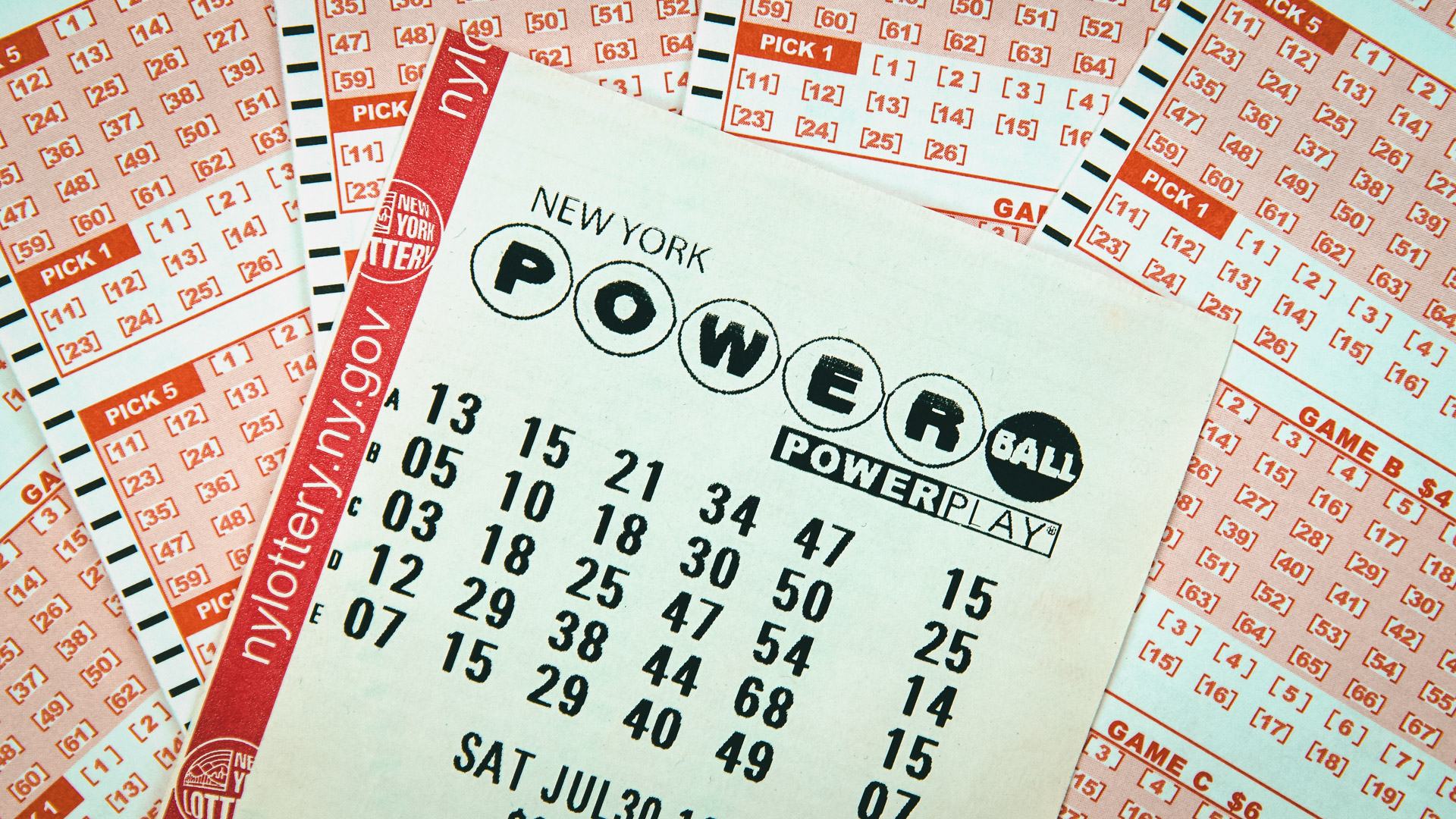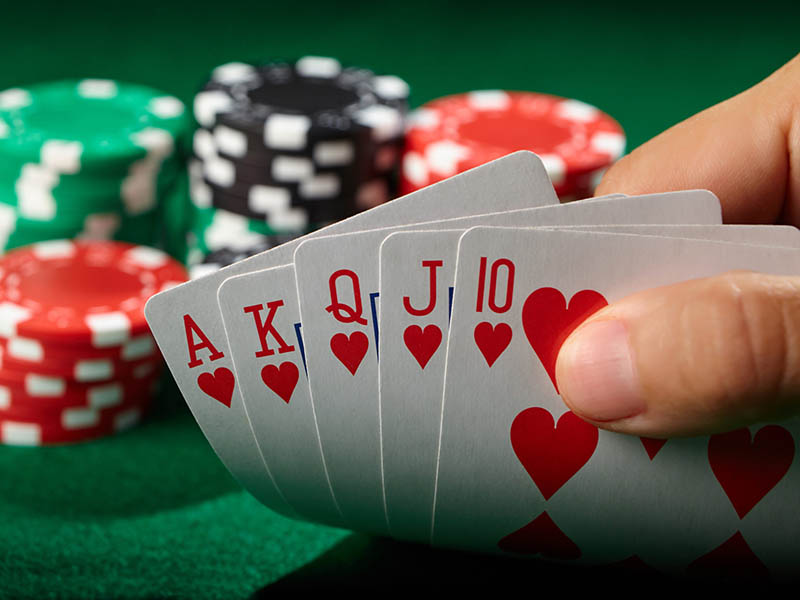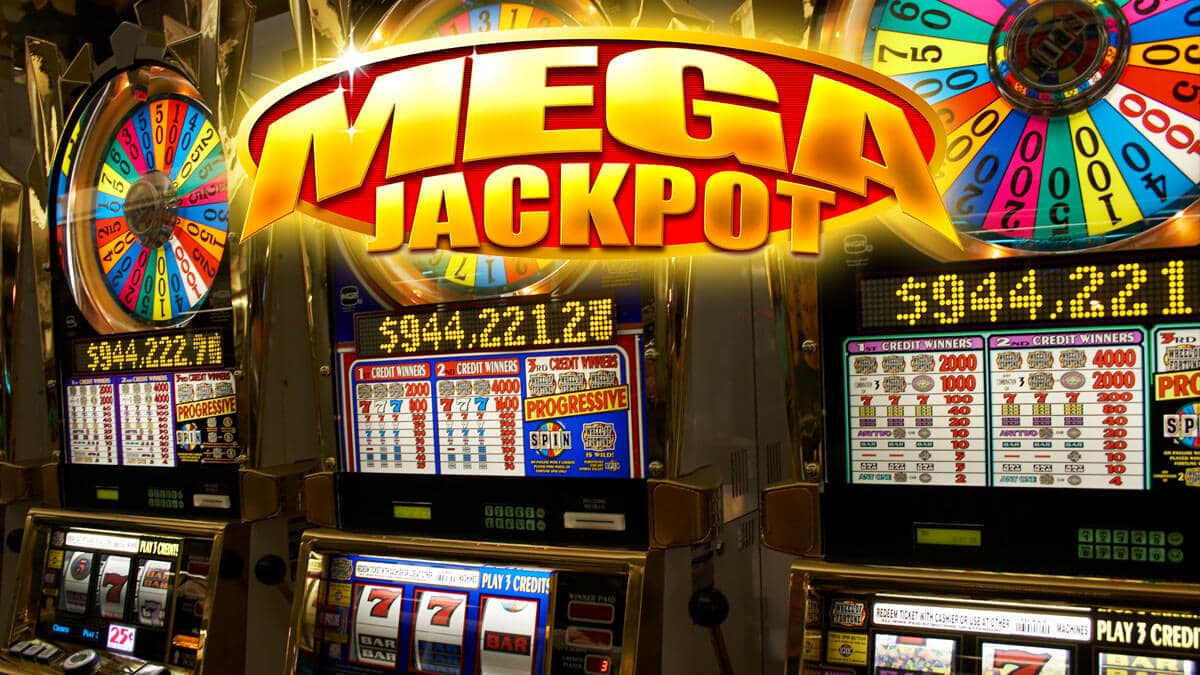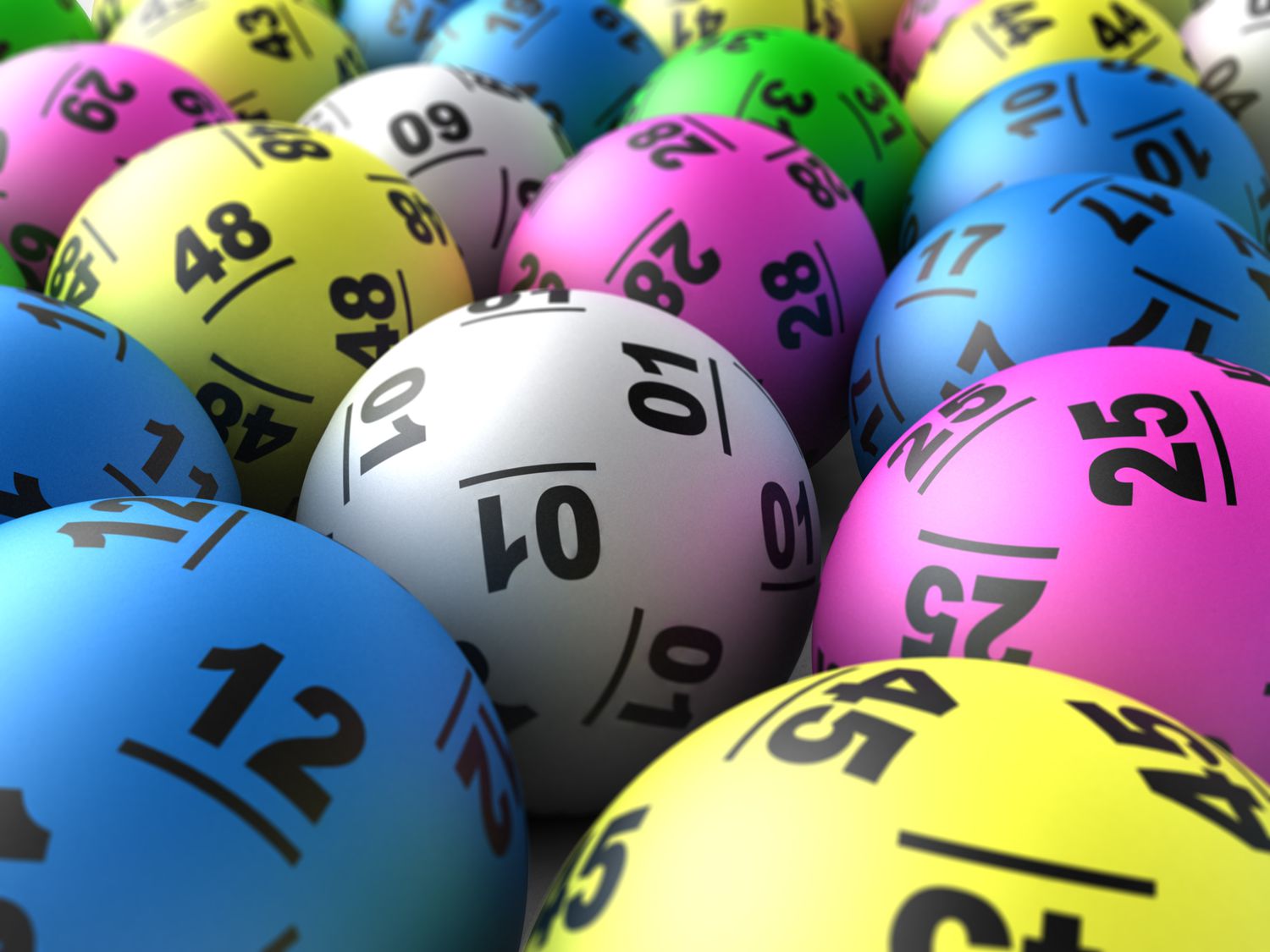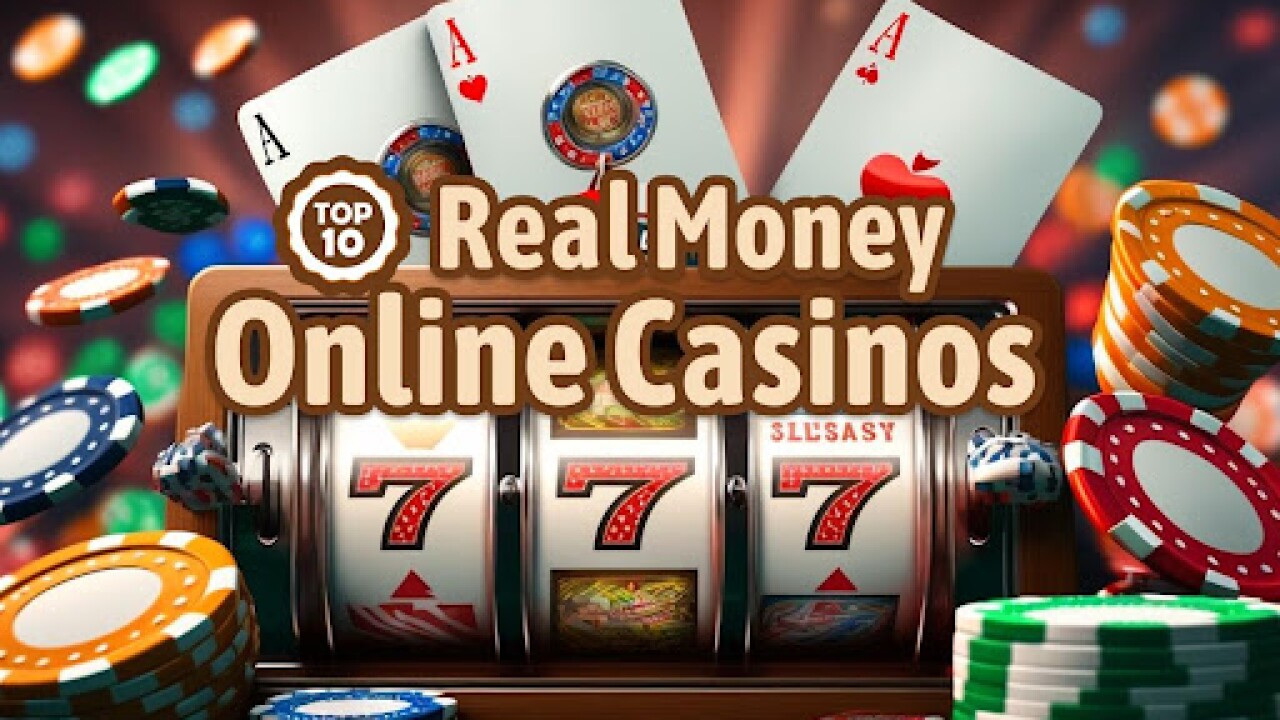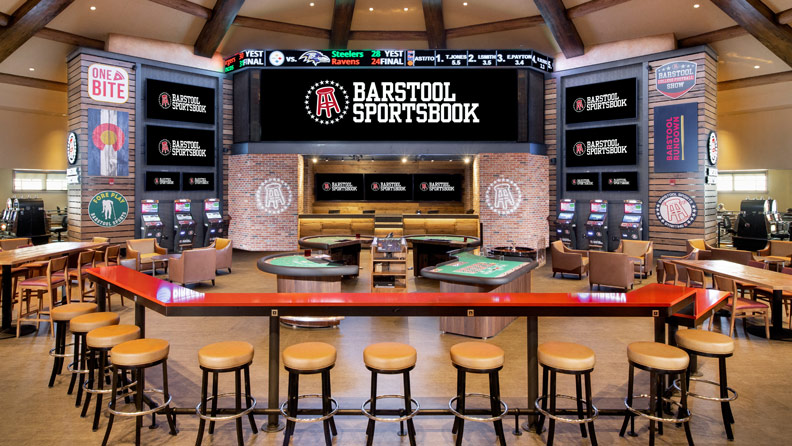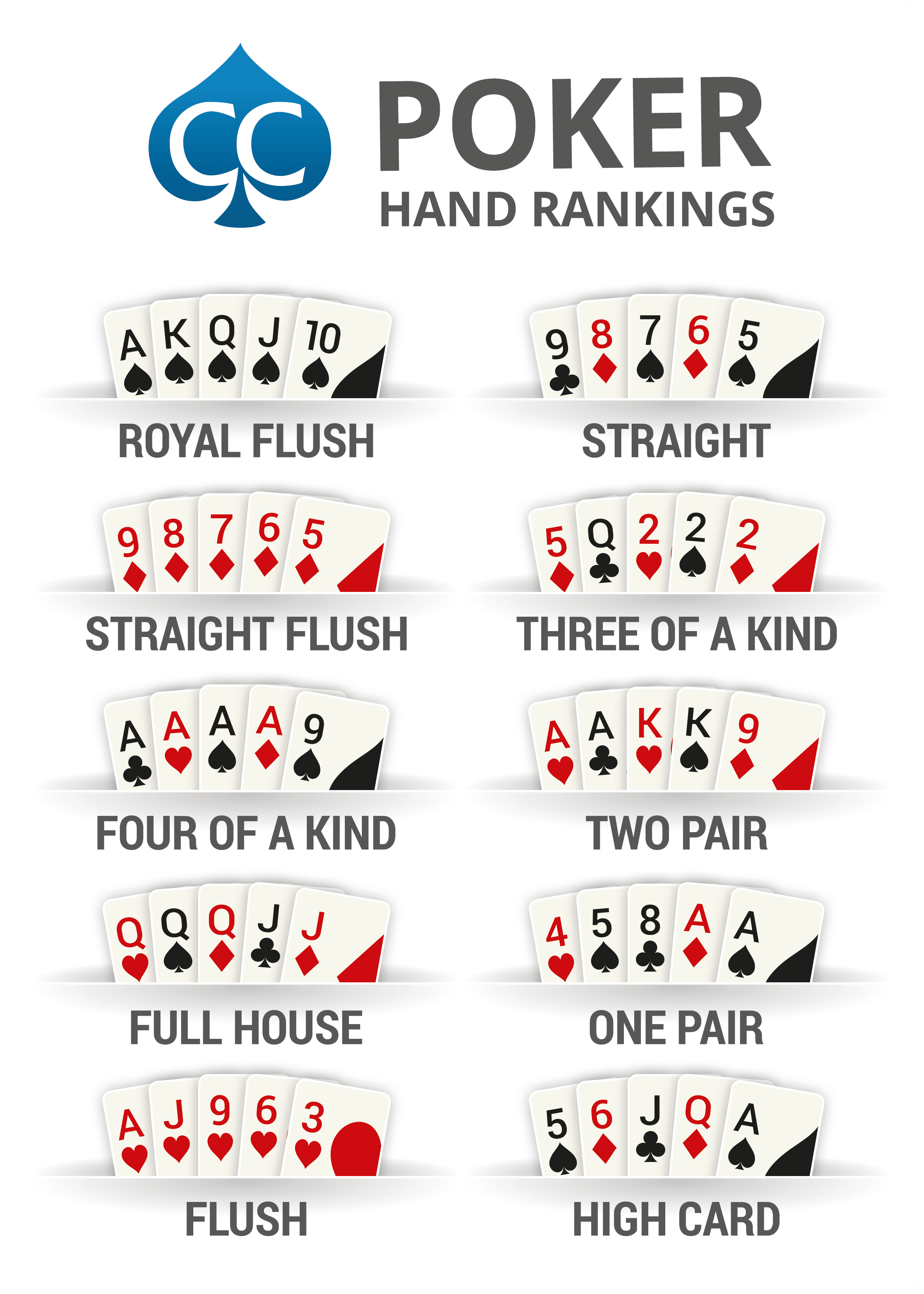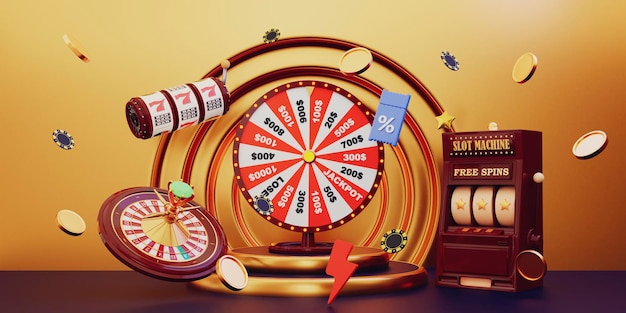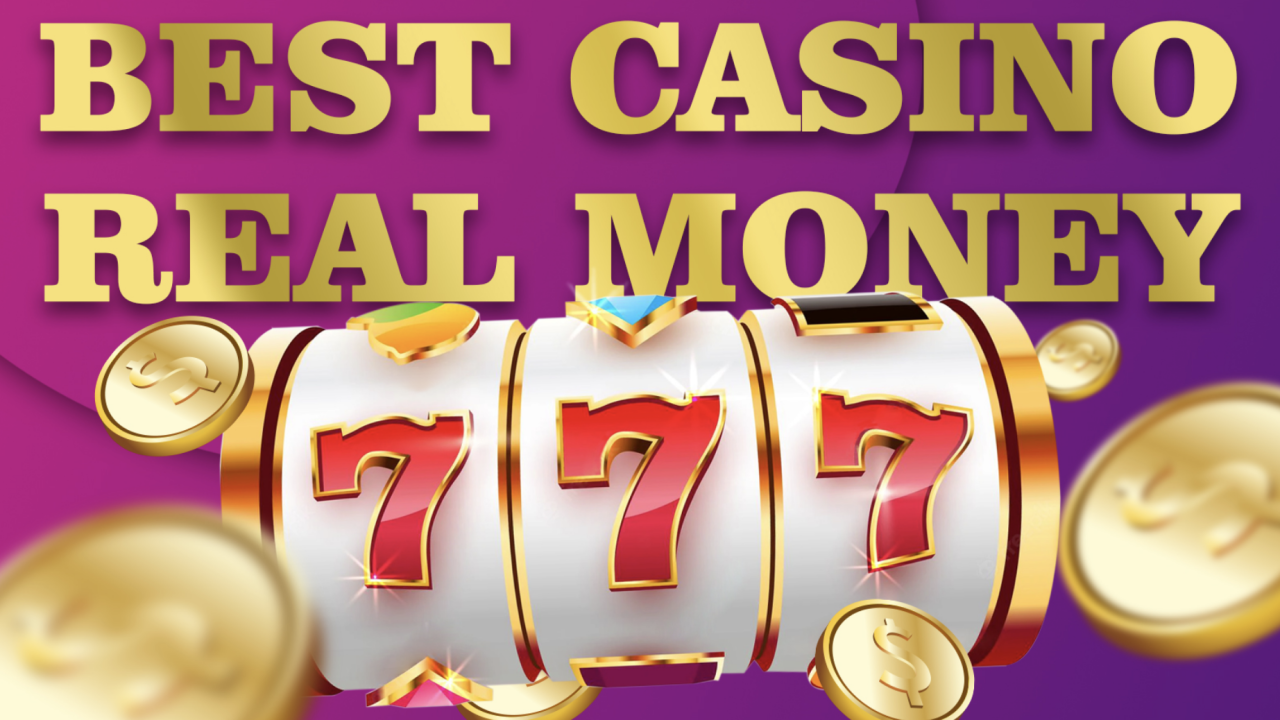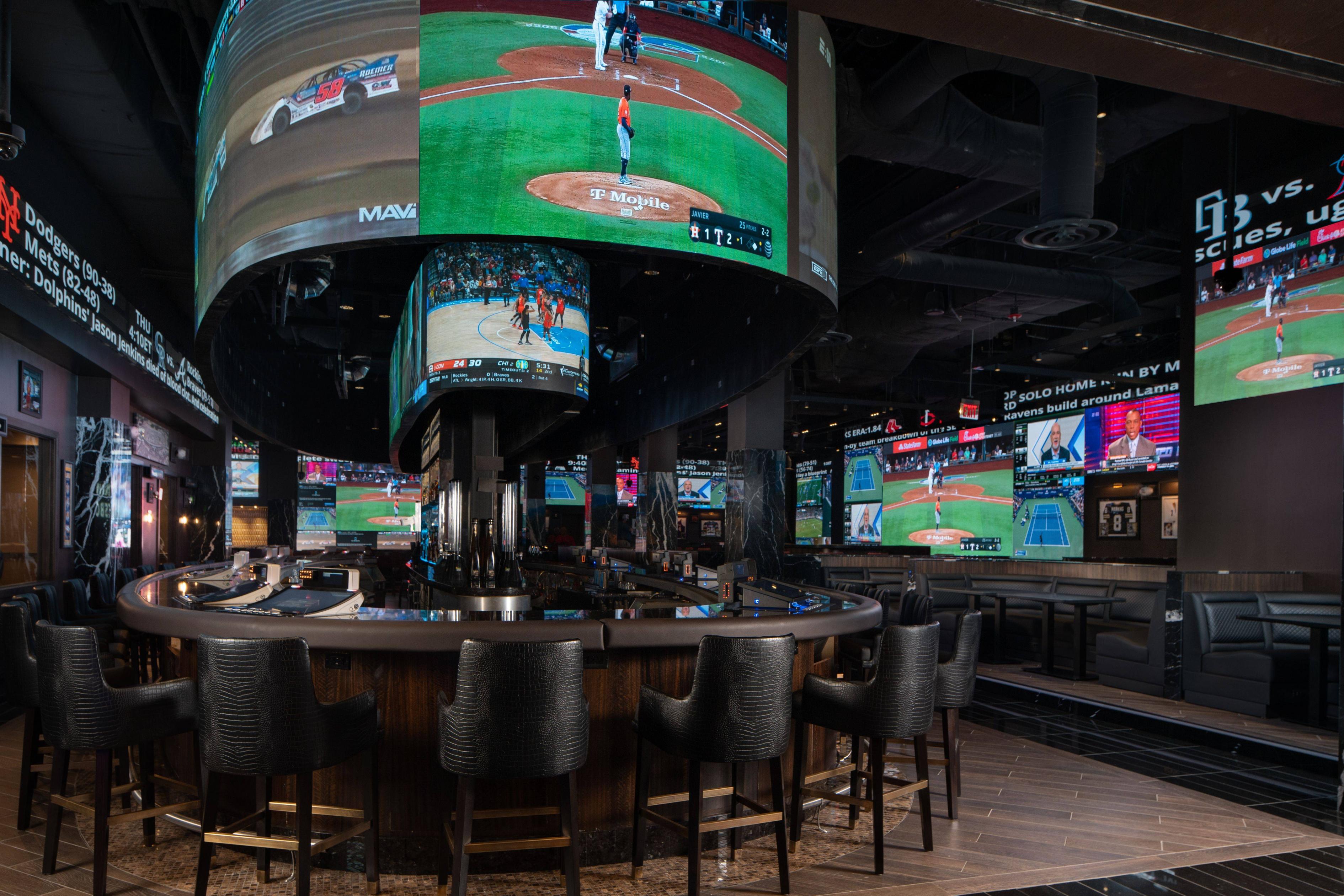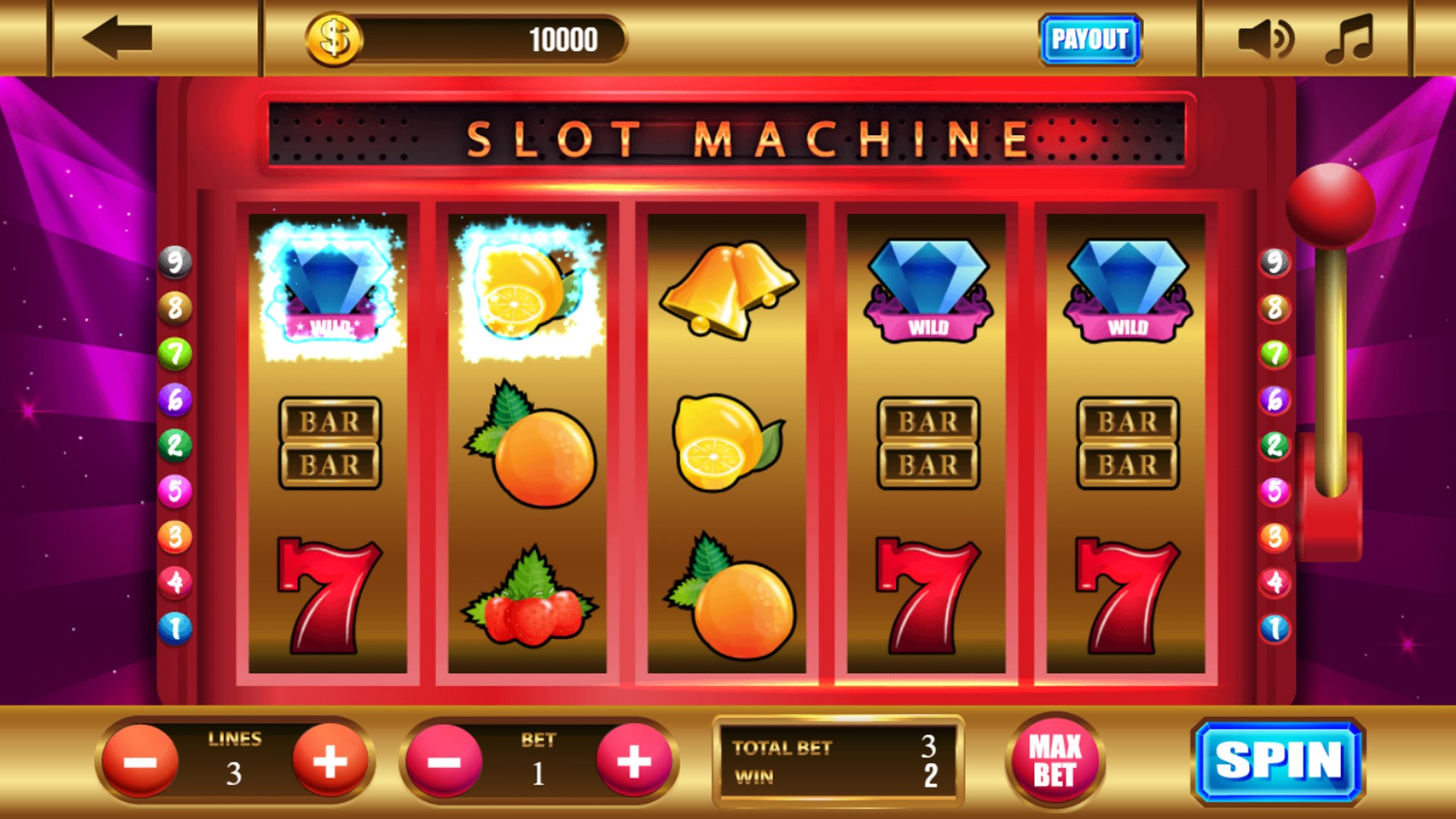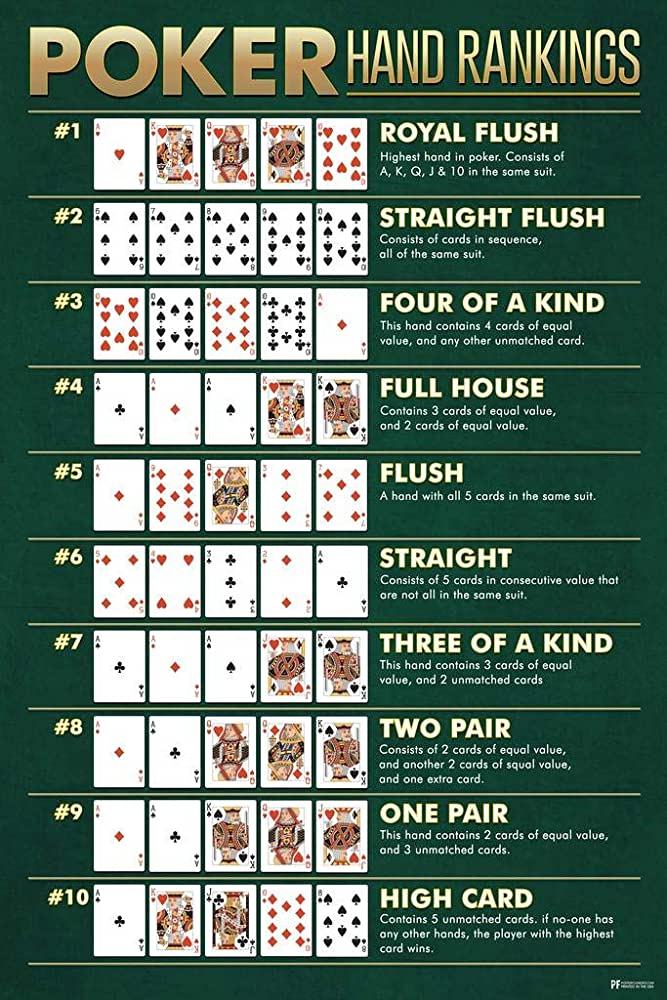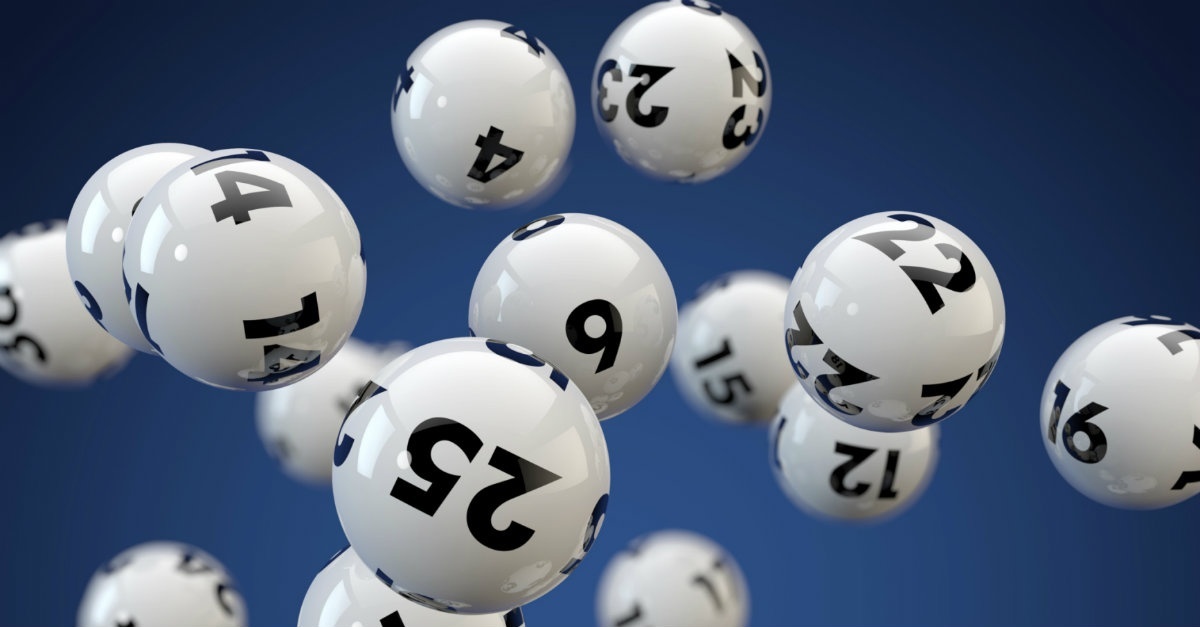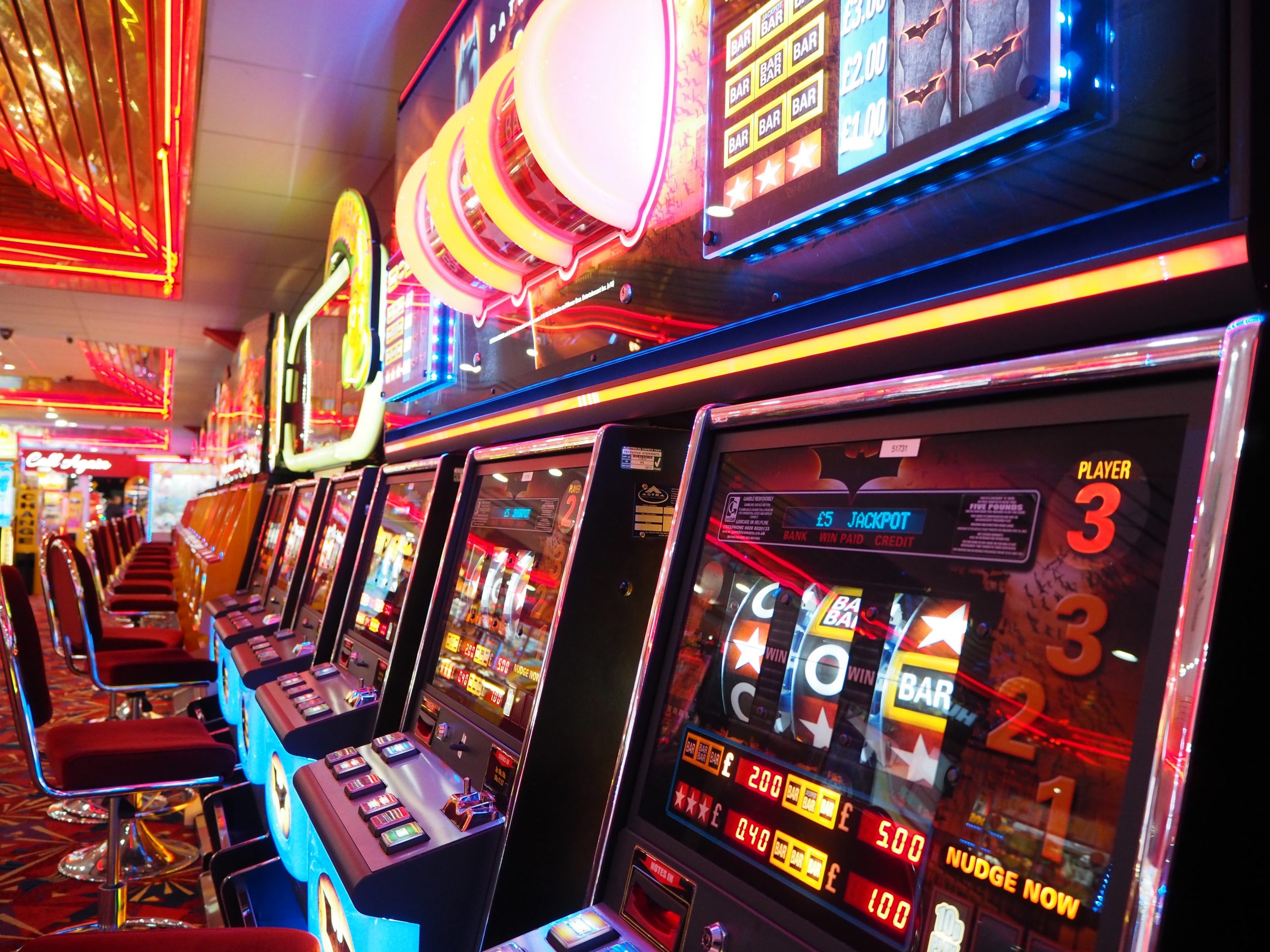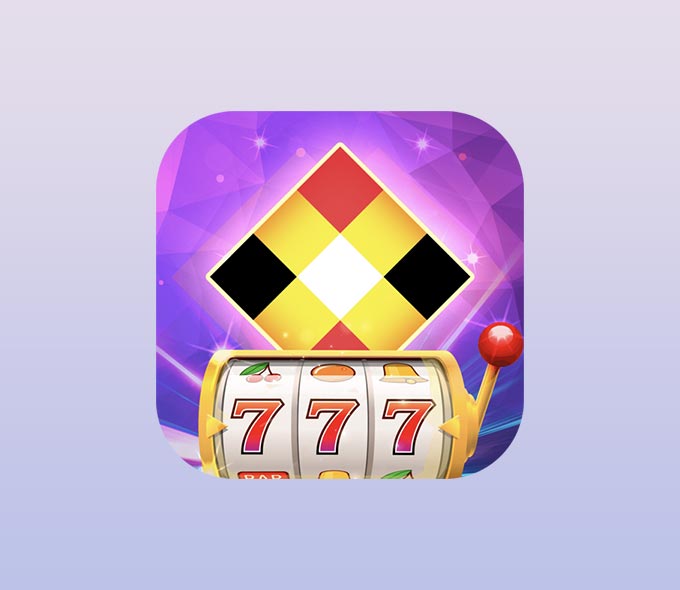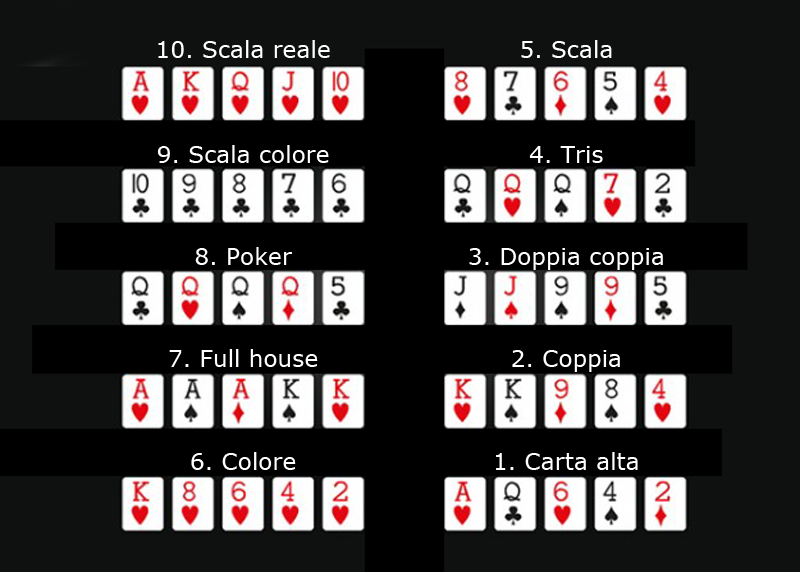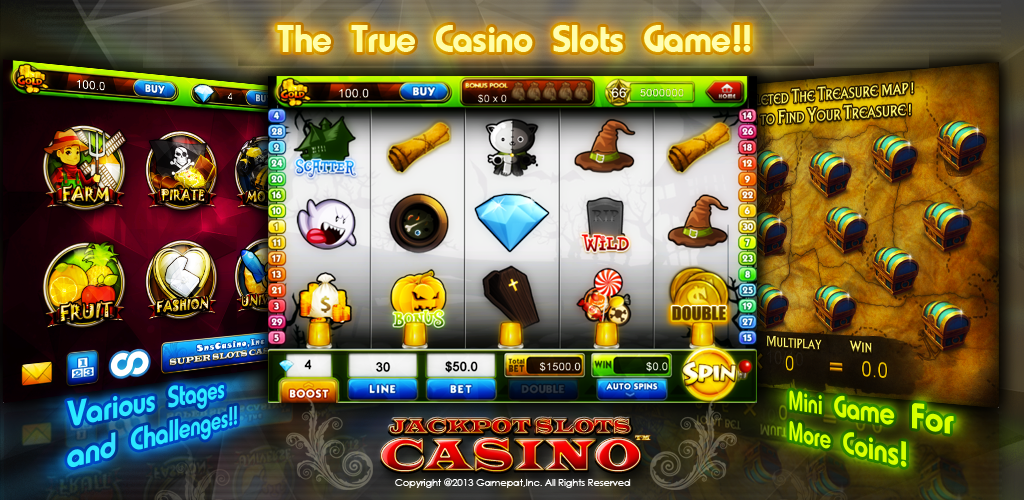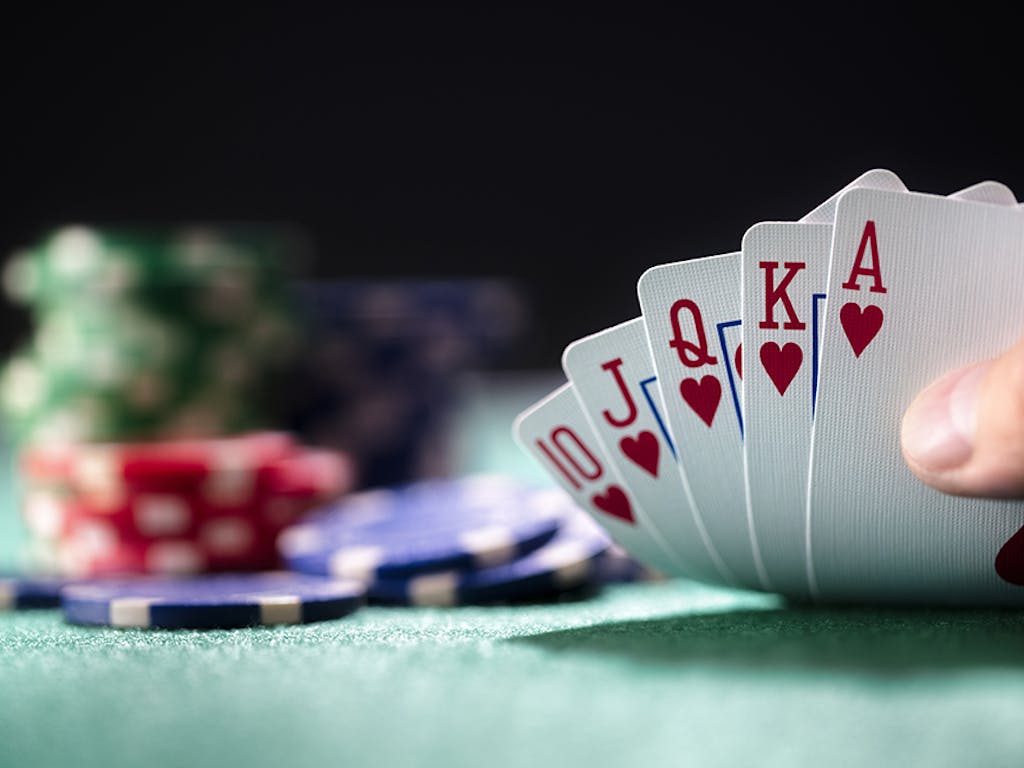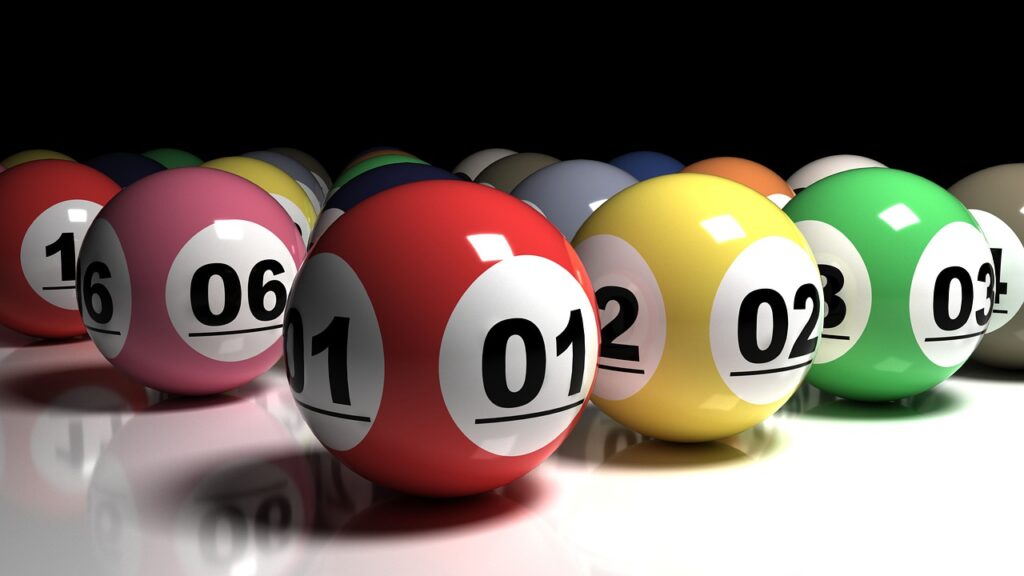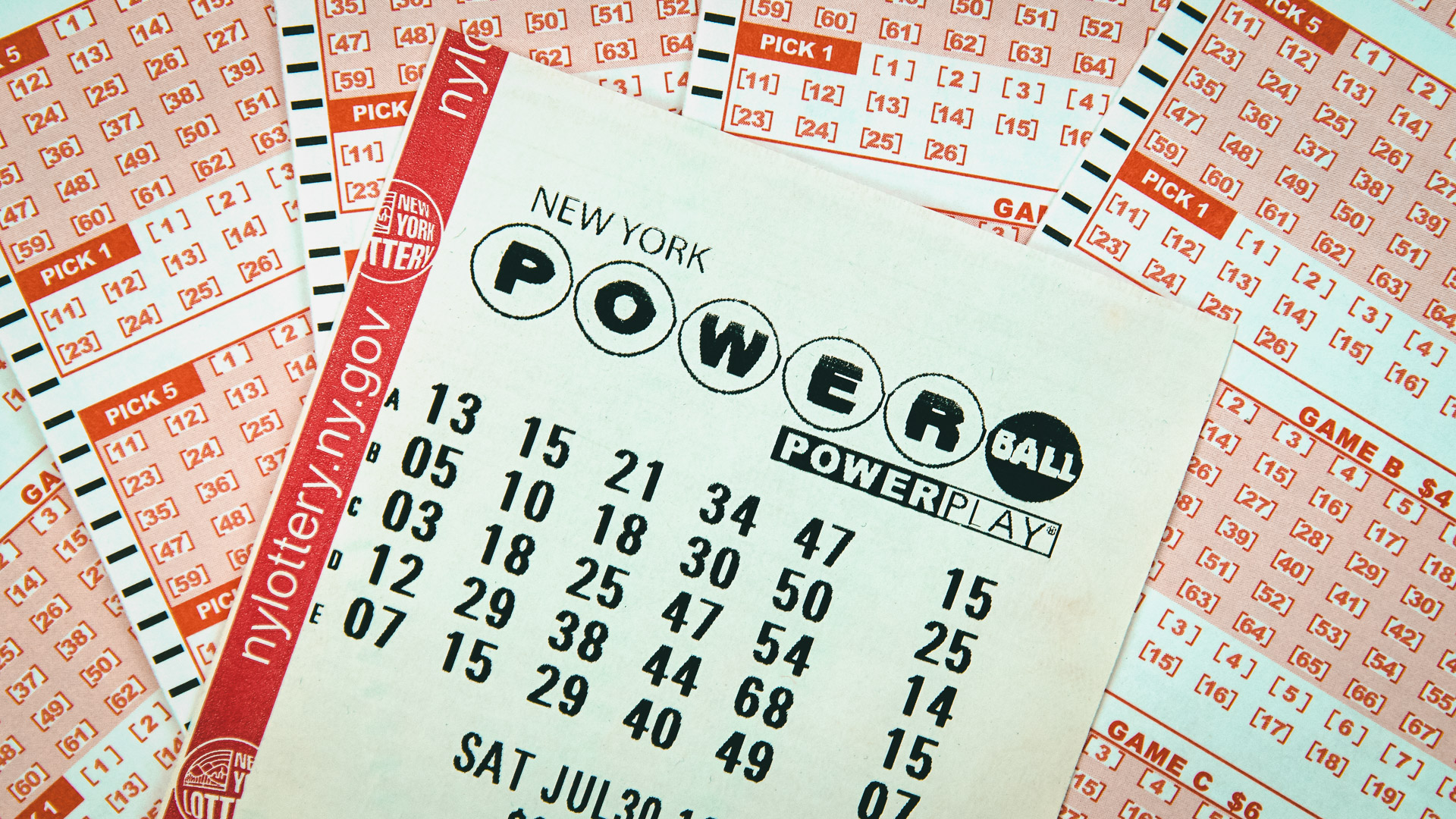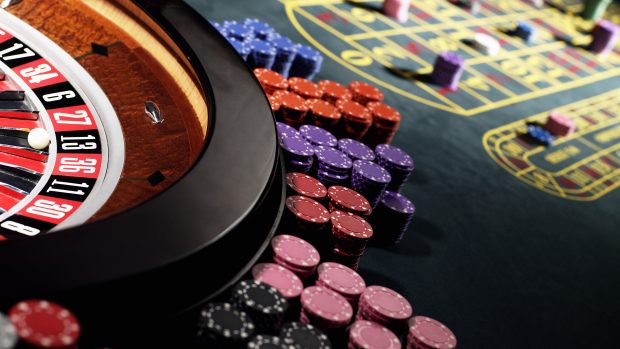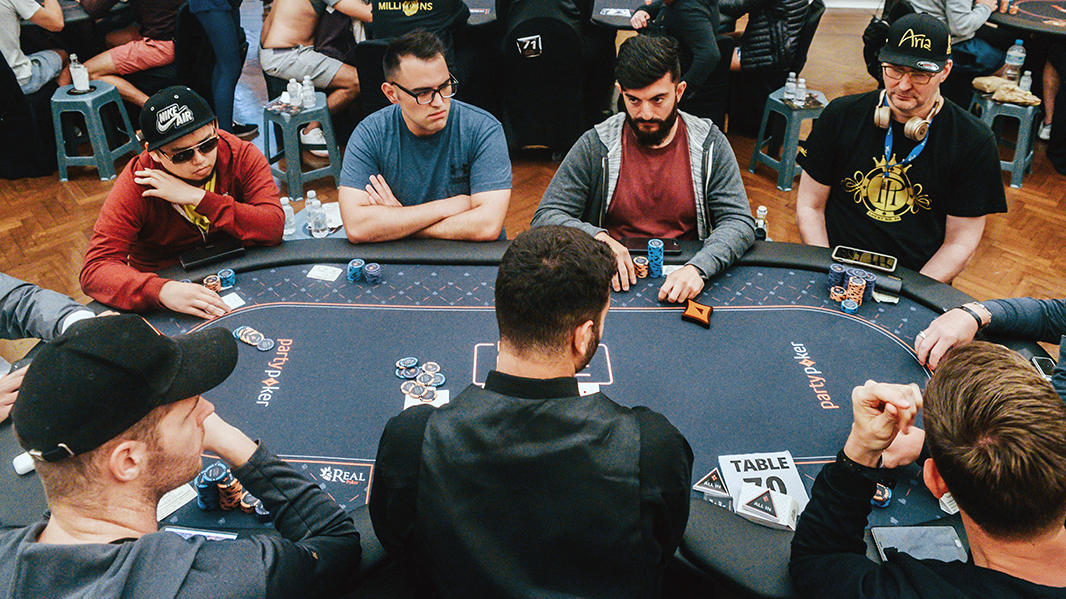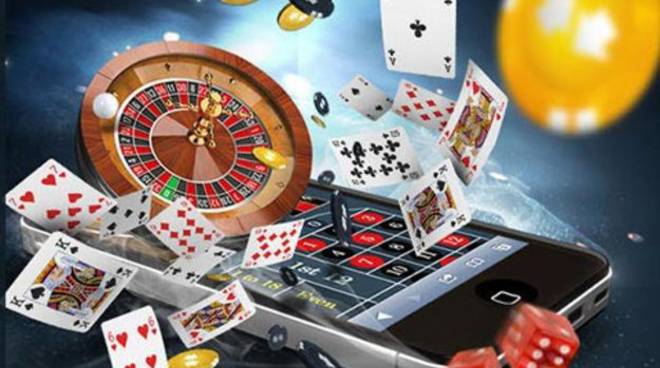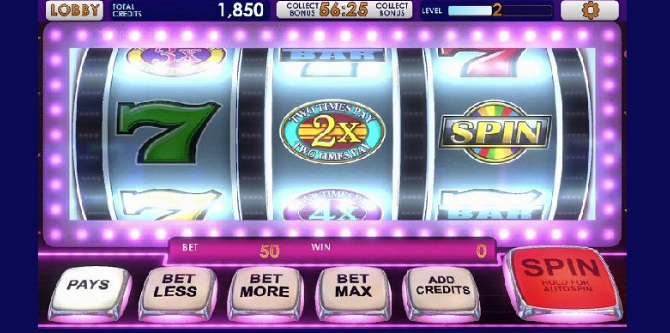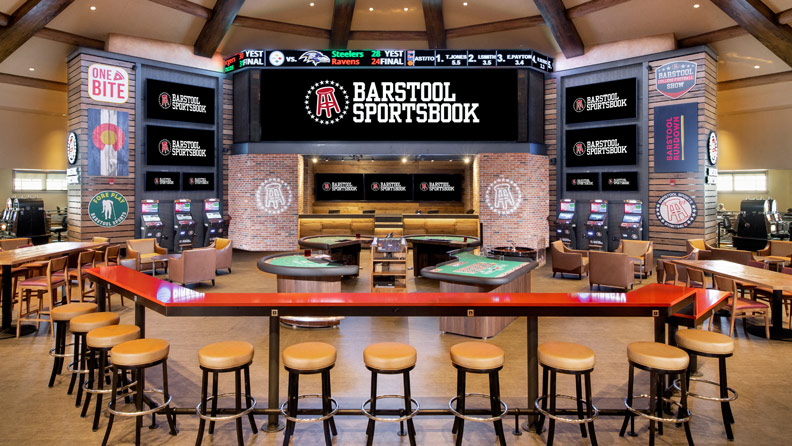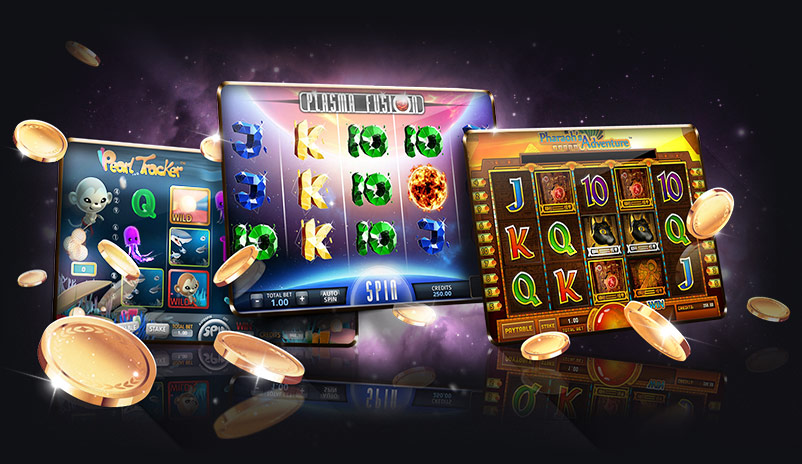Siapa yang tidak suka menang besar dalam permainan togel? Namun, dengan begitu banyak pilihan dan metode yang tersedia, seringkali sulit untuk memilih cara terbaik untuk mengoptimalkan pengalaman bermain togel Anda. Untuk membantu Anda, salah satu opsi yang patut dipertimbangkan adalah menggunakan dana untuk bermain togel. Dengan fitur-fitur dan kemudahan yang ditawarkannya, dana menawarkan solusi yang praktis dan aman untuk meningkatkan peluang meraih kemenangan dalam permainan ini.
Melakukan deposit dana untuk bermain togel merupakan langkah awal yang penting. Dengan menggunakan dana, Anda dapat melakukan deposit dengan cepat dan mudah melalui berbagai cara, seperti transfer antarbank atau melalui dompet digital. Tidak perlu repot-repot mengurus pembayaran tunai atau menghadapi proses yang panjang seperti penggunaan metode pembayaran konvensional. Dalam hitungan menit, Anda dapat memulai petualangan togel Anda dengan dana yang telah Anda depositkan.
Selain kemudahan deposit, e-wallet dana juga memungkinkan Anda melakukan transaksi togel secara online. Anda tidak perlu lagi mengunjungi bandar togel langsung atau berurusan dengan risiko yang terkait dengan transaksi tunai. Cukup dengan beberapa klik, Anda dapat membeli tiket togel dan memilih nomor impian Anda. Tidak hanya praktis, transaksi togel via dana juga menawarkan keamanan yang tinggi, melindungi data dan informasi keuangan Anda.
Dana juga memberikan keuntungan tambahan bagi Anda yang sering bermain togel. Dapatkan akses ke berbagai kemudahan seperti penggunaan promo, diskon, serta bonus deposit yang ditawarkan oleh platform togel online yang bekerja sama dengan dana. Ini adalah cara yang sangat efektif untuk meningkatkan peluang kemenangan Anda dengan mengoptimalkan dana yang Anda gunakan.
Dengan dana sebagai solusi pembayaran dan transaksi togel Anda, tidak perlu diragukan lagi bahwa Anda dapat mengoptimalkan pengalaman bermain togel Anda dengan cara yang praktis, aman, dan menguntungkan. Jadi, apa lagi yang Anda tunggu? Segera bergabunglah dan rasakan manfaatnya. Selamat bermain dan semoga sukses dalam meraih kemenangan togel yang besar!
Deposit dan Transaksi Togel dengan Dana
Dalam bermain togel, salah satu hal penting yang perlu diperhatikan adalah deposit dan proses transaksi. Melakukan deposit dengan menggunakan dana merupakan salah satu opsi yang dapat mempermudah para pemain togel. Berikut adalah beberapa kemudahan yang bisa didapatkan dengan menggunakan dana dalam deposit dan transaksi togel.
Pertama, melakukan deposit via dana sangatlah mudah dan cepat. Anda hanya perlu memiliki akun dana yang sudah terverifikasi dan memiliki saldo yang cukup. Setelah itu, Anda dapat melakukan deposit langsung melalui aplikasi atau situs yang menyediakan layanan togel dengan dana. Proses depositnya pun biasanya hanya membutuhkan beberapa langkah sederhana sehingga tidak memakan waktu yang lama.
Kedua, menggunakan dana dalam transaksi togel juga memberikan keamanan yang lebih baik. Dalam melakukan transaksi dengan dana, Anda tidak perlu lagi menyertakan informasi kartu kredit atau rekening bank, karena saldo dana yang Anda miliki sudah cukup untuk melakukan pembayaran. Hal ini dapat mengurangi risiko terjadinya kebocoran data pribadi dan penyalahgunaan informasi Anda.
Terakhir, penggunaan dana dalam deposit dan transaksi togel juga memberikan kemudahan akses. togel deposit dana Mengapa demikian? Karena beberapa situs atau aplikasi togel sudah bekerja sama dengan dana dalam memfasilitasi para pemain togel. Dengan begitu, Anda dapat dengan mudah menikmati berbagai fitur yang disediakan, termasuk proses deposit dan transaksi yang lancar.
Itulah beberapa keuntungan menggunakan dana dalam deposit dan transaksi togel. Dengan memanfaatkan dana, Anda dapat mengoptimalkan pengalaman bermain togel secara lebih efisien dan nyaman. Jadi, tunggu apa lagi? Ayo coba bermain togel dengan dana dan rasakan kemudahan yang ditawarkan!
Keuntungan Menggunakan Togel Online dengan Dana
Dalam dunia perjudian Togel, kini sudah banyak platform online yang menyediakan layanan transaksi dengan menggunakan dana elektronik, seperti Dana. Hal ini memungkinkan para pemain Togel untuk lebih mengoptimalkan pengalaman bermain mereka. Berikut adalah beberapa keuntungan yang dapat diperoleh dengan menggunakan Togel online melalui Dana.
Pertama, salah satu keuntungan utama menggunakan Togel online dengan Dana adalah kemudahan dalam melakukan deposit. Anda tidak perlu lagi repot-repot pergi ke tempat fisik atau membawa uang tunai. Cukup dengan beberapa kali klik, Anda dapat melakukan deposit langsung melalui aplikasi Dana. Prosesnya sangat cepat, aman, dan tentunya sangat praktis.
Selain itu, menggunakan Togel online dengan Dana juga memberikan kemudahan dalam melakukan transaksi. Anda dapat dengan mudah mengatur dan mengontrol pengeluaran Anda dalam bermain Togel melalui fitur-fitur yang disediakan. Anda dapat melihat riwayat transaksi, melacak pengeluaran Anda, dan melakukan pengaturan limit harian sehingga Anda dapat bermain dengan lebih teratur dan terkontrol.
Terakhir, menggunakan Togel online dengan Dana juga memberikan banyak kemudahan lainnya. Anda dapat mengakses platform Togel kapan saja dan di mana saja, menggunakan perangkat yang Anda miliki. Tidak perlu repot membawa dompet atau uang tunai, karena semuanya dapat diakses melalui aplikasi Dana. Selain itu, Anda juga dapat menikmati berbagai promo dan bonus menarik yang disediakan oleh platform Togel online dengan Dana.
Dengan semua keuntungan ini, tidak heran jika semakin banyak orang yang beralih ke Togel online dengan Dana. Keamanan, kenyamanan, dan kemudahan yang ditawarkan membuat pengalaman bermain Togel semakin menyenangkan dan praktis. Jadi, tunggu apa lagi? Segera coba pengalaman bermain Togel online dengan Dana dan rasakan semua keuntungannya sendiri!
Fasilitas Lengkap untuk Bermain Togel dengan Dana
Dalam dunia perjudian togel online, menggunakan dana sebagai metode pembayaran merupakan pilihan yang semakin populer di kalangan para pemain. Dengan menggunakan dana, pengalaman bermain togel menjadi lebih mudah dan nyaman. Berikut adalah beberapa fasilitas lengkap yang tersedia untuk memaksimalkan pengalaman bermain togel dengan dana.
Pertama, metode deposit menggunakan dana. Dengan adanya layanan deposit via dana, para pemain dapat dengan cepat dan mudah mengisi saldo akun togel mereka. Proses deposit ini biasanya sangat sederhana, hanya dengan beberapa langkah saja, saldo akan langsung terisi dan siap digunakan untuk memasang taruhan.
Selain itu, penggunaan dana juga memungkinkan para pemain togel untuk melakukan transaksi dengan lebih efisien. Dalam bermain togel online, seringkali kita perlu melakukan transaksi seperti penarikan saldo atau pengiriman hadiah. Dengan menggunakan dana, segala transaksi tersebut dapat dilakukan dengan cepat dan aman, sehingga pemain dapat lebih fokus pada permainan mereka.
Terakhir, keamanan dan kenyamanan juga menjadi prioritas dalam pengalaman bermain togel dengan dana. Berbagai situs togel online telah menyediakan sistem keamanan yang canggih untuk melindungi data dan informasi pribadi para pemain. Selain itu, penggunaan dana juga memungkinkan para pemain untuk bermain dengan privasi yang terjaga, karena tidak perlu menggunakan informasi kartu kredit atau rekening bank secara langsung.
Dengan fasilitas lengkap yang tersedia untuk bermain togel dengan dana, tidak heran jika semakin banyak penggemar togel memilih metode pembayaran ini. Dengan menggunakan dana, pengalaman bermain togel menjadi lebih praktis, efisien, dan aman. Jadi, tunggu apa lagi? Segeralah mencoba bermain togel dengan dana dan nikmati kemudahannya sekarang juga!
